Planting materials
Seed Certification Phases
Minimum Germination Percentage for Seed Certification
Maximum Permissible Moisture level for seeds
Minimum isolation requirements for seed production
Vegetative Propagation
Leaf Cutting
Stem Cutting
Simple Layer
Air Layer
Tissue Culture
Fertilisers
Chemical fertilizers
Organic manures
Bio-fertilizers
Liming
Plant protection
Cultural
Chemical
Insecticides
Pheromones
Fungicides
Herbicides
Rodenticides
Handling and mixing
Field applications
Equipment cleaning and storage
Storage of chemicals
Preparing the sprayer
Disposal of pesticides and containers
Bio control
Integrated Pest Management (IPM)
Weed management
Prevention
Cultural
Mechanical
Herbicidal
Seed Certification Phases
Minimum Germination Percentage for Seed Certification
Maximum Permissible Moisture level for seeds
Minimum isolation requirements for seed production
Vegetative Propagation
Leaf Cutting
Stem Cutting
Simple Layer
Air Layer
Tissue Culture
Fertilisers
Chemical fertilizers
Organic manures
Bio-fertilizers
Liming
Plant protection
Cultural
Chemical
Insecticides
Pheromones
Fungicides
Herbicides
Rodenticides
Handling and mixing
Field applications
Equipment cleaning and storage
Storage of chemicals
Preparing the sprayer
Disposal of pesticides and containers
Bio control
Integrated Pest Management (IPM)
Weed management
Prevention
Cultural
Mechanical
Herbicidal
| Planting materials |
Seed
Seed is a fertile and ripened ovule, which contains an embryonic plant, supplied with food storage tissues and surrounded by a seed coat. A seed strictly speaking is an 'embryo' a living organism embedded in the supporting or the food storage tissue. According to the Seed Act 1966, seed includes all planting materials such as seedlings, tubers, bulbs, grafts, etc.
Seed Technology - involves seed production, processing, storage testing and certification, marketing and distribution and the related research on these aspects. Seed production includes varietals development, evaluation and release of varieties.
Role of Seed Technology - improved seed - a carrier of new technologies a basic tool for secured food supply- the principal means to secure crop yields in less favorable areas of productivity - a medium for rapid rehabilitation of agriculture in areas of natural disaster - a 'national seed reserve stock' of seed is necessary to face such situations. Seed is the fundamental unit of crop production - Regarded as the most vital, basic and critical input in agriculture for increasing and sustaining agricultural production. The year in which the Royal Commission on Agriculture was constituted -1925. It emphasized the need for a separate organization in India to deal with seed distribution. This paved the way for the set up of the National Seed Corporation (NSC) in 1963. Coverage of high yielding varieties in Kerala -60.32% (1999-2000). Maximum coverage during Punja followed by Viruppu and Mundakan. The poor coverage is the non-availability of quality seeds of the High Yielding Varieties (HYV). In India seed production and distribution have become a well developed industry - involving an annual turn over of Rs.2200 crores - Public sector -Rs.55 crores (25%) - Private sector Rs.1320 crores (60%) - other unorganised sector Rs.330 crores (15%) India is exporting seeds worth of Rs.20 crores in an year.
Goals - To increase agricultural production through the spread of good quality seeds of HYVs. It aims at (1) rapid multiplication, (2) timely supply, (3) assuming high quality, (4) reasonable price.
Bases of a Seed Programme - (1) high level support, (2) productive plant breeding programme, (3) Co-ordinated effort.
History of development of Seed Technology
- First Five Year Plan (1951-56) - Distribution of improved seeds of food grains came into existence - seed distribution with subsidy.
- Second Five Year Plan (1956-61) - Improved seed was made as a basis for 10% additional food grain production - Production of foundation seeds - started seed production centers and seed stores.
- Third Five Year Plan (1961-66) - Released first four hybrids of maize in 1961 - necessitated a separate organization for seed production. Thus gave birth to NSC in 1963.
HYV was started during 1966 and there was high coverage of HYV seeds for food crops by 1968-69. The HYV Programme had an almost explosive effect on the seed industries and necessitated huge effort in seed production, processing, certification, testing and storage, seed distribution, etc.
Annual Plans (1966-69) - Seed Review Team - Constituted by Government of India in 1968- suggested to entrust the work related to production, processing and marketing of seed co-operative and private sectors - also NSC should assist State Government to constitute their own certification agencies. IV plan (1969-74) - In 1969 - Tara Development Corporation Ltd was started with the active involvement of GB Pan1 University of agriculture and technology - Growers participation as shareholders instead of contract system of seed production.
Seed Act 1966 came into force through out India from 1969
V Five Year Plan (1974-79) - Reviewed by National Commission on Agriculture - Many recommendations were made in 1976 - (1) Rigorous enforcement of Seed Act 1966; (2) National Registry of varieties - system by ICAR; (3) Departments of Agriculture - in the center and state should have three distinct wings each dealing respectively with (a) input aspect, (b) land enforcement (c) certification; (4) Grow-out tests should be made on integral parts of seed testing.
Generation concept of seed multiplicationV Five Year Plan (1974-79) - Reviewed by National Commission on Agriculture - Many recommendations were made in 1976 - (1) Rigorous enforcement of Seed Act 1966; (2) National Registry of varieties - system by ICAR; (3) Departments of Agriculture - in the center and state should have three distinct wings each dealing respectively with (a) input aspect, (b) land enforcement (c) certification; (4) Grow-out tests should be made on integral parts of seed testing.
NUCLEUS SEED - initial seed-small quantity from the originating plant breeder - for further multiplication to maintain the variety - multiplication by the supervision of the plant breeder or any other qualified plant breeder - genetic purity - 100%.
BREEDER SEED - progeny of nucleus seed multiplied by the breeder or by the institution - source for the foundation seed - genetic purity is 100%. Not subjected to certification. But monitoring by a team of exports - Golden Yellow colour tag.
FOUNDATION SEED (FS) - Progeny of Breeder seed production is supervised by certification agency. Minimum genetic purity 99%-white tag. Can be II stages. FS Stage FS Stage II and I. Stage II is only if Breeder Seed I in short supply. NSC, SDA and State Seed Corporation are involved in the production.
CERTIFIED SEED (CS) - Produced from FS, Seed Certification Agency certifies - supervising by seed certification agency, State Seed Corporation and NSC - subjected to one or more stage of production genuine shortage of FS. Such production does not exceed three generations beyond FS.1 Minimum genetic purity 98% - Tag colour Azure Blue. To maintaining genetic purity, Cs should be replaced every 4th season or 4th crop.
SEED CERTIFICATIONPurpose: To maintain and make available high quality seeds with genetic identify and purity - designed to achieve prescribed standards - legally sanctioned system for quality control during all stages of seed production. In India seed certification is a voluntary process - but labeling is compulsory.
NSC evolved the certification standards. The central seed committee approved these standards - the standards are includes in the Indian minimum seed certification standards published by Government to establish their own seed certification agencies. A statutory central seed certification Board co-ordinated the activities of State seed certification agencies. (Only those varieties, which are notified by central seed committee, are eligible for certification).
| Seed Certification Phases |
- Verification of seed source
- Verification and approval of seed fields prior to planting
- Inspection of seed crop in field to verify its conformity to the prescribed standards.
- Supervision of harvest and post harvest operations including processing and packing.
- Sampling and analysis of seeds to conform seed standards.
- Grant of certificate tags, lebelling and sealing.
(Percentage) | |||
| Quantity Traits | ES | CS | TLS |
| Pure seed (minimum) | 98 | 98 | 97 |
| Other crop seeds (maximum) | 10 No./Kg | 0.1 | - |
| Weed seed (maximum) | 10 No./Kg | 0.1 | - |
| Inert matter (maximum) | 2 | 2 | - |
| Objectionable weed seed (maximum) | 2 No./Kg | 5 No./Kg | - |
| Germination (minimum) | 80 | 80 | 70 |
| Moisture content | 12 | 12 | - |
Truthfully Labeled Seeds (TLS)
Seeds of the varieties, which are not eligible for certification can be, produced as truthfully labeled seeds. The seeds should be labeled as follows:
(1) Kind, (2) variety, (3) Lot No, (4) Date of test, (5) Inert matter % (6) pure seed %, (7) Other crop seed %, (8)weed seed %, (9) Germination %, (10) net content, (11) sellers name and address, (12) if treated, any one of the following statements should appear in the label:
Seeds of the varieties, which are not eligible for certification can be, produced as truthfully labeled seeds. The seeds should be labeled as follows:
(1) Kind, (2) variety, (3) Lot No, (4) Date of test, (5) Inert matter % (6) pure seed %, (7) Other crop seed %, (8)weed seed %, (9) Germination %, (10) net content, (11) sellers name and address, (12) if treated, any one of the following statements should appear in the label:
'Do not use for food, feed or oil purpose (or Poison)'. If the content of the container is less than 250gm or less, the items 5 to 9 may be replaced by the statement " The seed in this container conform to the minimum limits of germination and purity prescribed under the Act"
| Minimum Germination Percentage for Seed Certification |
Crop | First count | Final Count | Minimum Germination (%) |
| Rice | 5 | 14 | 80 |
| Cowpea | 5 | 8 | 75 |
| Green gram | 3 | 7 | 75 |
| Blackgram | 4 | 7 | 75 |
| Groundnut | 5 | 10 | 70 |
| Bhindi | 4 | 21 | 65 |
| Sesame | 3 | 6 | 80 |
| Chillies | 6 | 14 | 60 |
| Tomato | 5 | 14 | 70 |
| Cucumber | 4 | 8 | 60 |
| Bitter gourd | 4 | 8 | 60 |
| Pumpkin | 4 | 8 | 60 |
| Maximum Permissible Moisture level for seeds |
Crops | Maximum Percentage of Moisture Allowed |
| Rice | 12 |
| Cowpea | 9 |
| Green Gram | 9 |
| Blackgram | 9 |
| Groundnut | 9 |
| Bhindi | 10 |
| Sesame | 9 |
| Amaranthus | 8 |
| Chillies | 8 |
| Tomato | 8 |
| Cucumber | 7 |
| Bitter gourd | 7 |
| Brinjal | 8 |
| Minimum isolation requirements for seed production (in metres) |
Crop | Seed Class | |
Foundation | Certified | |
| Rice, wheat, groundnut, cowpea, soyabean | 3 | 3 |
| Cotton | 50 | 30 |
| Tomato | 50 | 25 |
| Sesame | 100 | 50 |
| Brinjal | 200 | 100 |
| Chillies | 400 | 200 |
| Bhindi | 400 | 200 |
| Amaranthus | 400 | 200 |
| Cucurbits (cucumber, bitter gourd, etc) | 800 | 400 |
| Cabbage, cauliflower, etc | 1600 | 1000 |
| Field Inspection Schedule |
Variety | 1st inspection | 2nd inspection | 3rd inspection |
| Short duration | Within 60 days | 85 days | 100 days |
| Medium duration | 80 days | 100 days | 125 days |
| Long duration | 90 days | 125 days | 150 days |
Storage problems arise when -
1. Low quality seeds are stored
2. Seeds are not adequately dried
3. Seeds are stored in poorly constructed godowns
4. Seeds are stored for a very long time.
Factors influencing loss of viability of rice.
(1) Moisture content, (2) temperature (3) relative humidity - are the main factors.
Moisture - 12% moisture content - no fungal mould grow.
At 13% MC mould grow.
At 15% to 18% MC - maximum fungal growth.
At 8% RH - stored pests survive but do not multiply.
At 14% RH-insects multiply and destroy seeds.
At 18-20% RH - heating of seeds due to heavy respiration - insects & moulds grow.
At 40-60% RH- seeds germinate.
| Vegetative Propagation |
Many plants can be artificially cloned by leaf cuttings; species that work well include African violet (Saintpaulia), Peperomia, bryophyllum (Kalanchoe) and jade plant (Crassula). In this process a leaf (blade + petiole) is removed from the donor plant. The leaf is placed in moist soil or, perhaps, in water and placed in the light.
The leaf blade, as usual, produces IAA (auxin). This auxin is transported basipetally (down the petiole) as usual.
The leaf blade, as usual, produces IAA (auxin). This auxin is transported basipetally (down the petiole) as usual.
The IAA accumulates in the base of the petiole to the point that a callus tissue (tumor) forms. A callus is a mixture of meristematic cells and parenchyma cells. Since these cells do not have a determined fate, it is possible to influence these cells to differentiate in just about any direction.
The IAA continues to accumulate in the callus. The concentration rises to the point that roots are initiated on the callus.
The roots produce cytokinins (CK). This hormone is transported acropetally (away from the root tip, toward the callus). The cytokinin accumulates in the callus.
As the concentration of cytokinin accumulates in the callus, it stimulates shoot formation. The shoots then can grow up. In the end you have a shoot with roots...a whole plant!
As the concentration of cytokinin accumulates in the callus, it stimulates shoot formation. The shoots then can grow up. In the end you have a shoot with roots...a whole plant!
In some plants, the callus sends up multiple shoots. In those cases, the gardener has to separate the individual plantlets before potting up the individual plants.
Obviously this process can be accelerated if the last centimeter of the petiole is dusted with a mixture of talcum powder and synthetic auxin (indole butyric acid) before the leaf is planted in the moist soil at the beginning. This mixture is often called "rooting hormone" and two leading brands of this are Rootone&174 and Hormodin&174.
Stem CuttingObviously this process can be accelerated if the last centimeter of the petiole is dusted with a mixture of talcum powder and synthetic auxin (indole butyric acid) before the leaf is planted in the moist soil at the beginning. This mixture is often called "rooting hormone" and two leading brands of this are Rootone&174 and Hormodin&174.
Many species cannot be propagated from leaves alone. The leaf may root, but shoots do not form, or form so slowly that you do not dare wait for it. For such species, it may be possible to instead make a stem cutting. The process is very much the same, but is much faster due to the contributions of auxin from several leaves, and the contributions of photosynthesis in several leaves.
Generally the gardener cuts a short piece of stem (three or four internodes maximum). It does not have to include an apical meristem, but often it does. The leaves from the lowest node are torn from the stem. The basal end of the cutting may be dusted with rooting hormone (if needed or desired).
The several leaves remaining on the stem cutting all send IAA (auxin) down from the blade. This accumulates at the basal end of the cutting (along with any applied rooting hormone). The accumulated auxin stimulates formation of callus and ultimately roots.
Once we have a stem with roots, our plant has been cloned and the process is complete.
A tip layer is a natural method of propagation in such species as black raspberry. A simple layer is fundamentally an artificially-forced tip layer. In many shrubs that cannot be cloned by leaf or stem cuttings, a simple layer may work well. Rather than making a single leaf or a small stem cutting provide for its own needs and enough extra to make a new plant, a simple layer can be used to allow contributions from the whole donor plant to drive the cloning process.
1. A stem, low on the shrub, is arched mechanically to the ground and held in place with some small wire hoops.
2. The lower surface of the held stem is wounded (with a small notch or some grooves) and the wound is dusted with rooting hormone.
3. The wounded, dusted, section of the stem is buried in the moist soil.
4. With time, the hormone powder and contributions of IAA from the rest of the leaves on the donor plant cause roots to form from the wounded area.
5. The rooted stem can then be separated from the donor plant.
If a gardener is trying to propagate a tree instead of a shrub, there is no way to bring a branch down to the ground for a tip layer. If you cannot bring Mohammed to the Mountain, then you bring the Mountain to Mohammed! This is the idea of the air layer.
1. Somewhere along a young stem in the tree canopy, the lower surface of a stem is wounded and the wound dusted with rooting hormone.
2. A few hundred cubic centimeters of moist sphagnum moss or even moist soil is packed around the wound.
3. The sphagnum/soil is held in place with plastic film, and the film is secured around the stem with twist-ties above and below the wound. The soil has to be kept continually moist.
4. With time, roots develop in the small wad of sphagnum. The rooted branch can then be cut from the donor tree.
When one is trying to make many thousands of individuals of one clone, then a different method is needed. Tissue culture to the rescue!
1. First you need some donor tissue. This is called the explant. The tissue has to be at least parenchyma, but is better if it is meristematic. The tissue has to be surface-sterilized. This is done by immersing the tissue in a solution of sodium hypochlorite (laundry bleach), rinsing in sterile distilled water, then perhaps slicing off the killed surface layers.
2. The explant is placed in a sterilized liquid medium on a shaking machine. This medium contains water, minerals, vitamins, sugar (energy for growth by respiration), and dilute auxin (usually indole-butyric acid). The auxin stimulates the cells of the explant to divide rapidly to form callus. The callus is broken up by the shaking action. Thus the liquid medium becomes loaded with small callus pieces.
3. The callus pieces are now spread across a sterile solid medium. The medium contains water, minerals, vitamins, sugar, and cytokinins. The medium is solidified into a gel by adding a small amount of agar. The container is kept under light. The combination of cytokinin and light causes shoots to be initiated on each callus piece.
4. The shoots are moved onto a solid medium that contains water, minerals, and agar. Depending on the species, there may also be some auxin in the medium. The auxin from the leaves on the shoots (or in combination with auxin from the medium) cause root initiation.
5. The plants can be moved to soil and slowly eased from humid conditions to successively drier conditions. Ultimately the plants can be moved to field conditions.
Because each explant can initiate indefinitely many callus pieces, and each callus piece can make a new plant, the number of plants produced can be extremely high.
Because each explant can initiate indefinitely many callus pieces, and each callus piece can make a new plant, the number of plants produced can be extremely high.
| Fertilizers |
Choice of a fertiliser depends on unit cost of nutrient present in it and its agronomic efficiency under a given situation. Fertiliser is a valuable input and measures should be taken to reduce its losses and to increase its uptake and utilisation by the crop. Selecting a situation-specific fertilizer and choosing the time and method of application according to crop demand would minimize losses and increase its efficiency.
Nitrogenous fertilisers
Most crop plants recover only 25-35% of the nitrogen applied as fertilizers. Losses occur by ammonia volatilisation, denitrification, immobilization to organic forms, leaching and run off. Utmost care should be bestowed in selecting the type of fertiliser as well as the timing and method of application.
Choice of the nitrogen fertilizer 1. In submerged rice soil, ammoniacal and ammonia-producing fertilizers like urea are most suitable since ammonia is the most stable form of nitrogen under such conditions.
2. For acidic upland soils, ammoniacal fertilizers are most suitable during rainy season since ammonium is adsorbed on soil particles and hence leaching losses are reduced. Adsorbed ammonium is gradually released for nitrification and thus becomes available to crops for a longer period.
3. In highly acidic upland soils, urea is preferred to ammonium sulphate as the former is less acid forming.
4. In alkaline upland soils of low rainfall regions, nitrate fertilizers are preferred to ammoniacal fertilisers or urea since ammonia may be lost by volatilization under alkaline conditions
Management of nitrogenous fertilisers 1. Almost all the nitrogenous fertilizers are highly amenable to losses and since most of the crops require nitrogen during the entire growth period, split application is necessary to ensure maximum utilization by crops.
2. More number of splits may be given for long duration crops as well as perennial crops.
3. Nitrogen losses from fertilisers are more in coarse textured soils with low cation exchange capacity (CEC) than in fine textured soils. Hence more number of splits is necessary to reduce loss of fertilizer nitrogen from sandy and other light soils.
4. For medium duration rice varieties, nitrogenous fertilizers should be given in three splits, as basal, at maximum tillering and at panicle initiation stage.
5. In coarse textured sandy or loamy soils, the entire dose of nitrogenous fertilizers may be applied in 3-4 splits at different stages of growth of rice crop.
6. In areas where split application of nitrogen is not feasible due to water stagnation after planting/sowing, full dose of nitrogen as basal may be given in the form of neem coated or coal tar coated urea.
7. In double-cropped wetlands, 50% of N requirement of the first crop may be applied in the organic form.
8. As far as possible, liming should be done one or two weeks prior to the application of ammoniacal or ammonia forming fertilizer like urea since ammonia is likely to be lost by volatilization if applied along with lime
9. Almost 70% of N in urea applied by broadcast to flooded soil is lost by volatilization, immobilization and by denitrification
Measures to reduce the loss of N from applied urea
1. Urea super granules or urea briquettes may be used in places where soil is clayey and has cation exchange capacity more than 10 cmol (+) per kg of soil.
2. Sulphur or lac coated urea is suitable where soil is liable to intermittent flooding and in situations where water management is difficult. This is more suitable for direct sown crop.
3. Urea may be mixed with moist soil and kept for 24-48 hours before application to the field. Alternatively, urea may be mixed with moist soil, made into balls of about three-inch diameter and dried under shade. The balls may be placed deep into subsoil.
4. Mixing urea with five times its weight of neem cake prolongs the period of nitrogen availability to the crop.
5. For submerged soils, coating urea with coal tar and kerosene (100 kg urea is mixed with 2 kg coal tar dissolved in one litre kerosene) before mixing with neem cake is preferred to simple mixing with neem cake.
6. Coating urea with neem extract (containing about 5% neem triterpenes) at 1% rate and shade-drying for 1 to 1.5 hours before applying in direct-seeded puddled lowland rice increases nitrogen use efficiency.
7. As far as possible, urea may be applied by deep placement or plough sole placement. Deep placement of prilled urea or super granules during the last ploughing followed by flooding and planting is beneficial in light soils. Urea briquettes or super granules may be placed between four hills of transplanted rice, whereas sulphur coated or lac coated urea may be broadcast on the surface.
8. Foliar spray of 5% urea solution can be practised in situations where quick response to applied nitrogen is required. If power sprayers are used, the concentration may be increased to 15%. Fresh urea should be used to avoid toxicity due to biuret.
Phosphatic fertilizersFertilizer phosphorus is an expensive input and its management poses serious problems due to several complexities in its behaviour in different types of soil. This often results in its poor recovery from applied fertilizers.
Choice of phosphatic fertilizer 1. In slightly acid, neutral or mildly alkaline soils, water-soluble phosphatic fertilizers are more suitable.
2. In wetland rice soils, water-soluble phosphatic fertilizers are preferable as pH of most of the submerged soils is near neutral.
3. In strongly acidic soils whose pH does not rise above 5.5 to 6.0 even on submergence, phosphatic fertilizers containing citrate soluble form of P like basic slag, dicalcium phosphate, steamed bone meal etc. are suitable.
4. For highly acidic upland soils or submerged soils whose pH will not rise above 5.5 even on submergence, powdered rock phosphate is suitable. Soil acidity converts tricalcium phosphate in rock phosphate to plant available monocalcium form.
5. For short duration crops where quick response is required, water-soluble phosphatic fertilizers are most suitable.
6. For perennial crops like rubber, oil palm, coffee, tea, cardamom etc. phosphorus in the form of rock phosphate can be applied.
7. In black soil (Chittur taluk of Palakkad District) phosphatic fertilizers containing water-soluble phosphate like single superphosphate are most suitable.
Management of phosphatic fertilizers 1. Acid soils have to be amended with lime, dolomite or magnesium silicate and alkali soils with iron pyrite or sulphur before application of phosphatic fertilizers. This will help to reduce fixation and increase availability of P.
2. Surface application or broadcasting is preferred for shallow rooted crops whereas placement in the root zone is advantageous in deep-rooted crops.
3. Rock phosphates can be used advantageously in rice grown in acid soils during the virippu season. Powdered rock phosphate may be applied and mixed thoroughly with soil by ploughing. After two or three weeks, the field may be flooded, worked up and planted with rice. Under this situation, phosphorus in rock phosphate gets converted to iron phosphate, which on subsequent waterlogging becomes available to the rice crop.
4. Rock phosphate can be used successfully as a phosphatic source for leguminous crop since its root system can extract phosphorous from rock phosphate.
5. In single crop wetlands where rice is grown in the virippu season, application of phosphatic fertilizers can be dispensed with for the rice crop, if the second crop (usually legume or green manure) is given phosphatic fertilizers.
6. In case of rice-legume cropping sequence in acid soils, application of rock phosphate to the pulse crop helps to skip phosphatic fertilizers in the succeeding rice crop.
7. Since phosphorus requirement of seasonal crops is confined to the early stages, phosphatic fertilizers are to be applied at the time of seeding or planting. Topdressing of phosphatic fertilizer leads to wastage of the fertilizer nutrient. Further, excessive phosphates may lead to deficiency of micronutrients such as zinc, boron etc.
8. Under adverse soil conditions and where quick result is required, spraying water-soluble phosphatic fertilizers like triple superphosphate or hot water extract of superphosphate can be resorted to.
Potassium fertilizersFor most crops, potassium can be supplied as muriate of potash. But in crops like tobacco and potato, muriate of potash may cause chloride injury, reducing quality of the produce. In such cases, K may be applied as potassium sulphate.
Management of potassium fertilizer1. In coarse textured soils and in heavy rainfall regions, potassium fertilizers should be applied in as many splits as possible, to reduce loss of potassium.
2. In fine textured soils, the entire dose of potassium fertilizers may be applied as basal.
3. In acid soils, potassium fertilizers should be applied only after lime application to prevent loss of potassium by leaching.
Average nutrient content of common fertilizers
Material | Nutrient content (%) | ||
N | P2O5 | K2O | |
| Ammonium sulphate | 20.5 | - | - |
| Ammonium sulphate nitrate | 26.0 | - | - |
| Ammonium nitrate | 33.5 | - | - |
| Ammonium phosphate | 20.0 | 20.0 | - |
| Calcium ammonium nitrate | 20.5 / 25.0 | - | - |
| Nitrate of soda | 16.5 | - | - |
| Urea | 46.0 | - | - |
| Superphosphate (single) | - | 18.0 | - |
| Superphosphate (double) | - | 35.0 | - |
| Superphosphate (triple) | - | 46.0 | - |
| Mussooriephos | - | 18-20 | - |
| Rajphos | - | 18-20 | - |
| Muriate of potash | - | - | 50 / 60 |
| Organic manures |
Organic manures are waste or by products (animal/birds waste, litter, crop refuse or any other organic matter) either decomposed or treated or fresh, which enriches soil. They are bulky i.e. nutrient contents are low per unit volume. Concentrated OM contains higher % of nutrients such us oil cakes, blood/bone/fish meal important effects are:
1. improve the physical properties of the soil
2. supply all nutrients for plant growth
3. enhances soil microbial activity
4. provide a buffering action in soil reactions
5. improve nutrient holding capacity of the soil
Green manures
Green manuring refers to the practice of incorporating plant materials while they are green. It is practiced as green leaf manuring and green manuring insitu.
Green manuring refers to the practice of incorporating plant materials while they are green. It is practiced as green leaf manuring and green manuring insitu.
Average nutrient content of common Organic manures
| MAJOR NUTRIENTS IN ORGANIC MANURES | |||
| N | P2O5 | K2O | |
| Neem cake | 5.2 | 1 | 1.4 |
| Coconut cake | 3 | 1.9 | 1.8 |
| Groundnut cake | 7 | 1.5 | 1.3 |
| Gingelly cake | 6.2 | 2 | 1.2 |
| Castor cake | 4.3 | 2 | 1.3 |
| Mahua cake | 2.5 | 0.8 | 1.8 |
| Farm yard manure | 0.5 - 1.5 | 0.4 - 0.8 | 0.5 - 1.9 |
| Compost (Rural) | 0.4 - 0.8 | 0.3 - 0.6 | 0.7 - 1.0 |
| Compost (Urban) | 1.0 - 2.0 | 1 | 1.5 |
| Cowdung (fresh) | 1.5 | 0.3 | 0.2 |
| Biogas slurry | -- | -- | -- |
| (cowdung based) | 1.6 - 1.8 | 1.1 - 2.0 | 0.8 - 1.2 |
| Sheep manure | 0.8 - 1.6 | 0.4 - 0.6 | 0.3 - 0.4 |
| Poultry manure | 1.2 - 1.8 | 1.4 - 1.8 | 0.8 - 0.9 |
| Bone meal | 3.5 | 21 | -- |
| Fish meal | 4.1 | 3.9 | 0.3 |
| Meat meal | 11 | 1.5 | 0.6 |
| Blood (dried) | 11.5 | -- | 0.6 |
| Sun hemp | 2.6 | 0.5 | 2 |
| Daincha | 3.3 | 0.7 | 1.3 |
| Kolinji | 3.2 | 0.3 | 1.3 |
| Sesbania | 2.7 | 0.5 | 2.2 |
| Gliricidia | 2.9 | 0.5 | 2.8 |
| Paddy straw | 0.36 | 0.08 | 0.71 |
| Household ash | 0.5 - 1.9 | 1.6 - 4.2 | 2.3 - 12.00 |
| Coir pith Compost | 1.26 | 0.06 | 1.2 |
Note: Composition of organic manures vary widely
| Bio-fertilizers |
The use of biofertilisers is quite important while practicing the concepts of integrated plant nutrient management and organic farming. Some of the commonly used biofertilisers in Kerala are as follows.
1. Rhizobium (Bradyrhizobium and Azorhizobium)
It induces better root nodulation and stem nodulation (Azorhizobium) in inoculated plants and thereby brings down the requirement of nitrogen fertilizer for the cultivation of pulses, oil seeds and legume green manures. Commercially it is available as carrier based inoculums. Method of application is seed treatment.
It induces better root nodulation and stem nodulation (Azorhizobium) in inoculated plants and thereby brings down the requirement of nitrogen fertilizer for the cultivation of pulses, oil seeds and legume green manures. Commercially it is available as carrier based inoculums. Method of application is seed treatment.
2. Azotobacter
Suitable only for upland crops like vegetables, tapioca, plantation and orchard crops. It is available as carrier-based inoculum. It fixes N about 15-20 kg/ha under ideal upland conditions and thereby reduces the requirement of nitrogen fertilizers by 10-20 per cent. Methods of application are seed treatment, seedling dip and direct soil application.
Suitable only for upland crops like vegetables, tapioca, plantation and orchard crops. It is available as carrier-based inoculum. It fixes N about 15-20 kg/ha under ideal upland conditions and thereby reduces the requirement of nitrogen fertilizers by 10-20 per cent. Methods of application are seed treatment, seedling dip and direct soil application.
3. Azospirillum
It is suitable for both upland and wetland conditions and is available as carrier-based inoculum. It fixes N about 20-25 kg per ha under ideal conditions thereby effecting a reduction of 25 per cent in the quantity of N fertilizers required. Treatment with Azospirillum also induces better root formation in inoculated plants. Hence this biofertilizer is also recommended for root induction in polybag-raised seedlings of plantation and orchard crops and also for vegetable crops. The isolates of Azospirillum brasilense strains AZR 15 and AZR 37 from Kuttanad soils are highly effective for rice, vegetables and nursery plants. The strains AZ 1 and AZ 2 are effective in vegetable and nursery plants.
It is suitable for both upland and wetland conditions and is available as carrier-based inoculum. It fixes N about 20-25 kg per ha under ideal conditions thereby effecting a reduction of 25 per cent in the quantity of N fertilizers required. Treatment with Azospirillum also induces better root formation in inoculated plants. Hence this biofertilizer is also recommended for root induction in polybag-raised seedlings of plantation and orchard crops and also for vegetable crops. The isolates of Azospirillum brasilense strains AZR 15 and AZR 37 from Kuttanad soils are highly effective for rice, vegetables and nursery plants. The strains AZ 1 and AZ 2 are effective in vegetable and nursery plants.
Method of application
Seed treatment: For treating 5-10 kg seeds, 500 g culture is required. Moisten the seeds by sprinkling water or rice-gruel water. Take 500 g culture in a plastic tray/basin, add moistened seeds, mix well and dry in shade for 30 minutes. This may be sown immediately.
Seedling root dip (for transplanted crops): Slurry of the culture is prepared by mixing 500 g culture with 50 ml of water and the roots are dipped in the slurry for 15-20 minutes before transplanting.
Soil application: Mix the culture with FYM or compost in the ratio 1:25 and apply directly in the soil.
Inoculation for paddy
Mix 2 kg of culture in 60 litres of water and soak the seeds required for 1 ha (60 kg) for 24 hours before sowing. At the time of transplanting, dip the roots of seedlings for 15-20 minutes in the culture slurry prepared by mixing 2 kg inoculum with 40 litres of water. This slurry can be used for treating seedlings required for 1 ha. Another 2 kg culture may be applied to the field along with FYM or compost.
Mix 2 kg of culture in 60 litres of water and soak the seeds required for 1 ha (60 kg) for 24 hours before sowing. At the time of transplanting, dip the roots of seedlings for 15-20 minutes in the culture slurry prepared by mixing 2 kg inoculum with 40 litres of water. This slurry can be used for treating seedlings required for 1 ha. Another 2 kg culture may be applied to the field along with FYM or compost.
4. Blue green algae(BGA)
Mainly recommended for wetland rice cultivation. However, the use of this biofertilizer is not feasible in acidic soils with pH below 6.0. It is available as carrier-based inoculum and it fixes N about 25-30 kg/ha under ideal conditions.
Mainly recommended for wetland rice cultivation. However, the use of this biofertilizer is not feasible in acidic soils with pH below 6.0. It is available as carrier-based inoculum and it fixes N about 25-30 kg/ha under ideal conditions.
Method of application: Direct broadcasting in the rice fields @ 10 kg/ha one week after transplanting the seedlings.
5. Azolla
It is suitable for wetland rice cultivation. The required quantity of azolla will have to be raised in the farmers' field itself. Fixes N about 25 to 30 kg / ha.
It is suitable for wetland rice cultivation. The required quantity of azolla will have to be raised in the farmers' field itself. Fixes N about 25 to 30 kg / ha.
Method of application: Apply fresh azolla @ 10 t/ha before transplanting the rice seedlings at the time of ploughing.
6. Phosphate solubilising bacteria and fungi
Recommended mainly for upland crops raised in neutral and slightly alkaline soils. Available as carrier-based inoculum. Enables the efficient utilization of cheaper sources of phosphatic fertilizers such as rock phosphate by crop plants in neutral and alkaline soils.
Method of application: Seed treatment and direct application.
Recommended mainly for upland crops raised in neutral and slightly alkaline soils. Available as carrier-based inoculum. Enables the efficient utilization of cheaper sources of phosphatic fertilizers such as rock phosphate by crop plants in neutral and alkaline soils.
Method of application: Seed treatment and direct application.
7. Vesicular / arbuscular mycorrhiza (VAM/ AM)
Vesicular arbuscular mycorrhiza is mostly recommended for upland especially for raising container and tissue culture plantlets and transplanted crops. It mainly improves the uptake of available P by inoculated plants. There is also an enhanced absorption of water and other nutrients such as N and K and certain micronutrients. Mycorrhiza inoculation can improve the survival and establishment of tissue culture plantlets under field conditions. Also induces better resistance against certain soil borne plant pathogens. It is commercially available as granular inoculum consisting of infected roots and soil with mycorrhizal spores. It is given as soil application.
Vesicular arbuscular mycorrhiza is mostly recommended for upland especially for raising container and tissue culture plantlets and transplanted crops. It mainly improves the uptake of available P by inoculated plants. There is also an enhanced absorption of water and other nutrients such as N and K and certain micronutrients. Mycorrhiza inoculation can improve the survival and establishment of tissue culture plantlets under field conditions. Also induces better resistance against certain soil borne plant pathogens. It is commercially available as granular inoculum consisting of infected roots and soil with mycorrhizal spores. It is given as soil application.
VAM fungus Glomus microcarpum var. microcarpum is suitable for tropical tuber crops. The inoculation can be done by placing inoculum (3-5 g/sett) beneath the sett before planting. The rate of spore load in the inoculum should be to the tune of 50 to 400 spores per 100 g soil medium. Method of application is the rooted infected cutting technique.
Application techniques of biofertilisers
1. Seed treatment
Five hundred grams of commercially available inoculum will be required for treatment of seeds for one-hectare area. For this, thick slurry of the carrier-based inoculum is initially prepared by mixing 500 g of the inoculum in 1.25 litre of water. The stickiness of the biofertilizer on seed surface can be significantly improved by using 10% jagerry solution or 5% sugar solution supplemented with 40% boiled and cooled gum arabic solution or rice-gruel water. The required quantity of seed material is then gently mixed with this slurry by taking care not to damage the seed coat. The treated seeds are spread evenly over a gunny bag and dried in shade and sown immediately in moist soil. Under no circumstances, the treated seeds are exposed to direct sunlight for a longer period of time since the UV rays of solar radiation will reduce significantly the population of inoculated bacteria on seed surface.
Five hundred grams of commercially available inoculum will be required for treatment of seeds for one-hectare area. For this, thick slurry of the carrier-based inoculum is initially prepared by mixing 500 g of the inoculum in 1.25 litre of water. The stickiness of the biofertilizer on seed surface can be significantly improved by using 10% jagerry solution or 5% sugar solution supplemented with 40% boiled and cooled gum arabic solution or rice-gruel water. The required quantity of seed material is then gently mixed with this slurry by taking care not to damage the seed coat. The treated seeds are spread evenly over a gunny bag and dried in shade and sown immediately in moist soil. Under no circumstances, the treated seeds are exposed to direct sunlight for a longer period of time since the UV rays of solar radiation will reduce significantly the population of inoculated bacteria on seed surface.
2. Seedling treatment
This method of application is mainly recommended for transplanted crops. In this procedure, the roots of seedlings to be transplanted are dipped in loose water slurry of the biofertilizer (500 g in 2.5 litre of water) for 20 minutes, prior to transplanting.
This method of application is mainly recommended for transplanted crops. In this procedure, the roots of seedlings to be transplanted are dipped in loose water slurry of the biofertilizer (500 g in 2.5 litre of water) for 20 minutes, prior to transplanting.
3. Soil application
Soil application is generally recommended for all types of biofertilisers except Rhizobium, Bradyrhizobium and Azorhizobium. The method is to apply the biofertilizer after mixing with dried FYM, compost or vermicompost @ 1:25. For crops of six-month duration, the recommended dose is 1-2 kg/ha. This can be increased to 2-4 kg/ha for crops of more than six-month duration. For perennial crops, 10 to 25 g of the biofertilizer is to be applied in the root zone during the first year and 25 to 50 g during subsequent years. This can be done at the time of sowing, transplanting or during intercultivation.
Soil application is generally recommended for all types of biofertilisers except Rhizobium, Bradyrhizobium and Azorhizobium. The method is to apply the biofertilizer after mixing with dried FYM, compost or vermicompost @ 1:25. For crops of six-month duration, the recommended dose is 1-2 kg/ha. This can be increased to 2-4 kg/ha for crops of more than six-month duration. For perennial crops, 10 to 25 g of the biofertilizer is to be applied in the root zone during the first year and 25 to 50 g during subsequent years. This can be done at the time of sowing, transplanting or during intercultivation.
Factors influencing the efficient use of bio-fertilisers in Kerala
1. Use adequate quantity of organic manure (as per the recommendation for each crop) along with biofertiliser application. This is essential to ensure better survival, growth and activity of the introduced microbial inoculums in acidic soils.
2. Liming is essential if the soil pH is below 6.0. In moderately acidic soils, the application of lime @ 250 kg/ha is recommended along with biofertilizer treatment.
3. Irrigation is essential during summer months after biofertilizer application to ensure the survival of the introduced microbial inoculum in the soil.
4. Since N biofertilisers can supplement only a part of the nitrogen requirement of the inoculated plant, low dose of nitrogen and full doses of phosphorus and potassium as per the recommendation may be applied. This is essential to ensure better plant growth and yield. Similarly, in the case of P biofertilisers, the full doses of nitrogen and potassium should be applied. However, there should be a gap of at least one week between biofertilizer and chemical fertilizer applications.
5. Use only biofertilisers, which are manufactured as per the quality parameters prescribed by the Bureau of Indian Standards. In the case of bacterial biofertilisers, the prescribed standard is that in the final product, the population of the desired bacterium should not be less than ten million per gram of the carrier material and there should not be any contamination with other microorganisms when examined at 1:100000 dilution. Further, it should have a shelf life of at least six months.
6. The commercially available biofertiliser should always be used before the expiry date marked on the culture packet.
7. Topdressing with super phosphate 25 kg/ha 10 days after inoculation of BGA will enhance its growth under field conditions.
8. Since the occurrence of green algae in rice field can affect the normal growth and proliferation of BGA, the population of green
algae should be controlled initially by applying copper sulphate @ 4 kg/ha.
algae should be controlled initially by applying copper sulphate @ 4 kg/ha.
9. In moderately acidic soils of pH around 6.5, root nodulation by Rhizobium and Bradyrhizobium can be improved by pelleting with finely powdered calcium carbonate. (See recommendation under cowpea)
10. Application of P2O5 @ 1 kg/ha is recommended once in 4 days in P2O5 deficient soils to ensure good growth of azolla. The development of a reddish purple colour in azolla is a typical symptom of P2O5 deficiency.
11. Since a floating population of azolla can release its bound nutrients only during decay in the soil, it is essential to incorporate azolla in the soil prior to the transplanting of rice seedlings.
| Liming |
Lime
Acid soils are characterised by high saturation of the exchange complex with hydrogen and aluminium. Crops grown in such soils suffer due to unavailability of most plant nutrients, especially calcium. Application of liming materials increases the availability of nutrients and alleviates Ca deficiency.
Liming materialsBurnt lime [CaO], slaked lime [Ca(OH)2], powdered limestone [CaCO3] and dolomite [CaMg(CO3)2] are some of the materials used as sources of calcium.
Management
1. In acidic submerged soils, flooding brings about rise in soil pH and hence response to lime is less marked.
2. Legumes are benefited most by liming.
3. For better results, liming materials should be incorporated into the soil.
4. For seasonal crops and in situations where immediate results are required, burnt lime or slaked lime may be used. For perennial crops, powdered limestone or dolomite is sufficient.
5. Extreme care should be taken while broadcasting burnt lime and slaked lime as they can cause scorching of leaves.
6. In case of wetland rice, drain the field prior to lime application and re-flood after 24 hours. Flushing the soil by sequential flooding and draining will help to wash out the displaced acid from the soil.
7. In extreme case of calcium deficiency, a 1% solution of calcium chloride may be applied by foliar spraying.
Neutralizing value of liming materials
| Liming material | Chemical formula | Neutralizing value |
| Calcium carbonate (powdered lime stone) | CaCO3 | 100 |
| Burnt lime (quick lime) | CaO | 179 |
| Slaked lime | Ca(OH)2 | 136 |
| Dolomite | CaMg(CO3)2 | 109 |
| Plant protection |
Cultural Control:
"Cultural control is the deliberate manipulation of environment to make it less favorable for pests by disrupting their reproductive cycles, eliminating their food, or making it more favorable for their natural enemies"
Cultural control is an important component of Integrated Pest Management (IPM). It is one of the oldest and most effective methods of pest suppression. Cultural control methods are widely used in pest management systems. These methods comprise of regular gardening operations, the purpose is to destroy pests or to prevent them from causing injury to gardens. Examples Include cultivated techniques, adjustment of planting dates, choice of cultivars (resistant varieties), general crop hygiene, manipulation of harvesting procedures, crop rotation, crop covers, etc. Below are descriptions of some of these methods to help you choose ways to help deter pests in your garden.
"Cultural control is the deliberate manipulation of environment to make it less favorable for pests by disrupting their reproductive cycles, eliminating their food, or making it more favorable for their natural enemies"
Cultural control is an important component of Integrated Pest Management (IPM). It is one of the oldest and most effective methods of pest suppression. Cultural control methods are widely used in pest management systems. These methods comprise of regular gardening operations, the purpose is to destroy pests or to prevent them from causing injury to gardens. Examples Include cultivated techniques, adjustment of planting dates, choice of cultivars (resistant varieties), general crop hygiene, manipulation of harvesting procedures, crop rotation, crop covers, etc. Below are descriptions of some of these methods to help you choose ways to help deter pests in your garden.
Variety Selection:
Choose resistant plant varieties.
Planting Dates:
Choose resistant plant varieties.
Planting Dates:
Crop Rotation:
Crop rotation can be very important in fighting disease and pests. Rotate crops year to year. Do not plant the same things in the same place year after year
Crop rotation can be very important in fighting disease and pests. Rotate crops year to year. Do not plant the same things in the same place year after year
Trapping Crops:
Some pests prefer certain plants to others. By planting sacrificial plants, you can keep away pests from the plants you want.
Some pests prefer certain plants to others. By planting sacrificial plants, you can keep away pests from the plants you want.
Row Covers:
A floating row cover is a physical barrier used to protect crops, particularly annual vegetables. Floating row covers should be used when the damage is being done by the insect larvae. It prevents the adult flying insect from landing and depositing eggs on the plants. The floating row cover should be placed over the entire crop at transplanting or seeding time and it must cover the plants
A floating row cover is a physical barrier used to protect crops, particularly annual vegetables. Floating row covers should be used when the damage is being done by the insect larvae. It prevents the adult flying insect from landing and depositing eggs on the plants. The floating row cover should be placed over the entire crop at transplanting or seeding time and it must cover the plants
| Chemical |
Pesticide application has become more complex over the past several years. The number of different kinds of pesticides available for use has increased. Effects on wildlife and the environment are now known to be important considerations. Highly toxic pesticides require special equipment and safety measures. Pesticide applicators, therefore, need to know more about safety and proper use than ever before. New applicators must know to protect the environment from pesticide contamination, the proper handling of pesticides, and protection from personal injury.
Types of Pesticides
A pesticide is any chemical which is used by man to control pests. The pests may be insects, plant diseases, fungi, weeds, nematodes, snails, slugs, etc. Therefore, insecticides, fungicides, herbicides, etc., are all types of pesticides. Some pesticides must only contact (touch) the pest to be deadly. Others must be swallowed to be effective. The way that each pesticide attacks a pest suggests the best way to apply it; to reach and expose all the pests. For example, a pesticide may be more effective and less costly as a bait, rather than as a surface spray.
| Insecticides |
Insecticides are chemicals used to control insects. Often the word "insecticide" is confused with the word "pesticide." It is, however, just one of many types of pesticides. An insecticide may kill the insect by touching it or it may have to be swallowed to be effective. Some insecticides kill both by touch and by swallowing. Insecticides called Systemics may be absorbed, injected, or fed into the plant or animal to be protected. When the insect feeds on this plant or animal, it ingests the systemic chemical and is killed.
Broad Spectrum. Insecticides vary in the numbers of different kinds of insects they kill. Some insecticides kill only a few kinds of insects. Sometimes you can choose these insecticides when you wish to kill only one insect pest and not other beneficial insects in the area. Many insecticides are general purpose or wide range killers. These "broad spectrum" pesticides are used when several different kinds of insects are a problem. One chemical can kill them all. No broad spectrum insecticide kills all insects; each varies as to the kinds of insects it controls.
Broad Spectrum. Insecticides vary in the numbers of different kinds of insects they kill. Some insecticides kill only a few kinds of insects. Sometimes you can choose these insecticides when you wish to kill only one insect pest and not other beneficial insects in the area. Many insecticides are general purpose or wide range killers. These "broad spectrum" pesticides are used when several different kinds of insects are a problem. One chemical can kill them all. No broad spectrum insecticide kills all insects; each varies as to the kinds of insects it controls.
Narrow Spectrum. While many insecticides are broad spectrum, killing a wide variety of animals by attacking a system common to all, such as the nervous system, a new group of insecticides are much more selective. The chitin inhibitors only affect animals with chitin in their exoskeleton (i.e. insects). Growth regulators are even more specific. They affect certain groups of species that have a particular hormone. Finally, pheromones are the most restrictive because they react with only one species or one sex of a single species.
Chitin synthesis inhibitors interfere with the development and molting of immature insects causing their death. Chitin is the primary structural chemical in an insects body wall. An immature insect treated with a chitin inhibitor dies the next time it attempts to molt.
Insect growth regulators or IGRs mimic the action of an insect's naturally occurring juvenile hormone. They interfere with certain normal processes and prevent immature insects from completing development into normal reproductive adults. The effects of IGRs on insects include abnormal molting, twisted wings, loss of mating behavior, and sometimes death to embryos in eggs. IGRs attack a growth process found only in insects, thus there is a great margin of safety for humans and other vertebrates. However, one disadvantage is that growth regulators act slowly, since they do not kill the insect until it molts into an adult.
| Pheromones |
Pheromones are naturally produced chemicals used by animals to communicate to each other. There are three basic types of pheromones. Aggregation pheromones attract many individuals together, for example, a site where food may be plentiful. Sex pheromones are used by one sex of a species to attract a mate. Trail pheromones are deposited by walking insects, such as ants, so that others can follow. Synthetic pheromones produced in laboratories mimic these natural chemicals. They are used to attract pest insects into traps, disrupt mating, and monitor populations of insects. Because they do not kill insects, they are often not considered to be pesticides.
Short Term vs. Residual. Insecticides also vary in how long they last as a killing agent. Some break down almost immediately into nontoxic by -products. These "short term" chemicals are very good in situations where the insects do not return or where long-term exposure could injure non-target plants or animals. For example, short-term insecticides are often used in homes and dwellings where people and domestic animals might be exposed. Other insecticides remain active killers for a fairly long period of time. These "residual" pesticides are very useful when the insects are a constant problem and where they will not be an environmental and/or health hazard. For example, residuals are often used for fly control in livestock buildings or for termite control in wooden structures.
Miticides and Acaricides
Miticides and Acaricides
Miticides (or Acaricides) are chemicals used to control mites (tiny Insecticides spider-like animals) and ticks. The chemicals usually must contact the mites or ticks to be effective. These animals are so numerous and small, that great care must be used to completely cover the area on which the mites live. Miticides are very similar in action to insecticides and often the same pesticide kills both insects and mites. The terms "broad spectrum,""short term," and "residual" are also used
| Fungicides |
Fungicides are chemicals used to control the fungi which cause molds, rots, and plant diseases. All fungicides work by coming in contact with the fungus, because fungi do not "swallow" in the normal sense. Therefore, most fungicides are applied over a large surface area to try to directly hit every fungus. Some fungicides may be systemic in that the plant to be protected may be fed or injected with the chemical. The chemical then moves throughout the plant, killing the fungi. to describe miticides.
Protectant vs. Eradicant. There are two basic approaches in the use of fungicides. One is designed to prevent the plant from getting the disease. These fungicides are used as "protectants" and are similar in purpose to polio and smallpox vaccinations for humans. They are applied before the disease gets a start. This type of fungicide is very useful when a particular disease or group of diseases are likely to attack a plant or crop, year after year. Protectants, for example, have often been used as a routine precaution on fruit and vegetable crops.
Most protectant fungicides are fungistatic. This means they prevent or inhibit fungal growth. Once the fungistatic action ceases, the controlled fungus may grow again or produce spores. Thus, a protectant fungicide may have to be applied at regular intervals to continue the protection from infection.
The other type of fungicide kills the disease after it appears on (or in) the plant. These fungicides, called "eradicants," are like penicillin or other antibiotics which cure diseases in humans after the sickness appears. Eradicants are less common than protectants because once the fungus is established in a plant, it is often difficult to destroy. Eradicants are often used when protectants aren't available, aren't applied in time, or are too expensive. Eradicants are also applied when the disease appears unexpectedly on a plant or in an area. For example, a common use is on fruit and vegetables when the protectant spray wasn't applied on time to prevent infection. Eradicants are also used by orchardists in combatting diseases of fruit trees, such as apple scab.
| Herbicides |
Herbicides are chemicals used to control unwanted plants. These chemicals are a bit different from other pesticides because they are used to kill or slow the growth of some plants, rather than to protect them. Some herbicides kill every plant they contact, while others kill only certain plants.
Nonselective herbicides are toxic to all plants. These are often used when no plants are wanted in an area. For example, nonselective herbicides could be used for clearing under guardrails or for total control of weeds in industrial areas.
Selective herbicides kill some plants with little or no injury to other plants. Usually selective types will kill either broadleaved plants or grassy plants. These are useful for lawns, golf courses or in areas with desirable trees. Some very selective herbicides may kill only certain plants in a group; for example, crabgrass killers on lawns.
Selective herbicides kill some plants with little or no injury to other plants. Usually selective types will kill either broadleaved plants or grassy plants. These are useful for lawns, golf courses or in areas with desirable trees. Some very selective herbicides may kill only certain plants in a group; for example, crabgrass killers on lawns.
Preplanting vs. Preemergence vs. Postemergence.The timing of an herbicide application is important. Care must be used to get the job done effectively without injuring desirable plants. The directions on the label tell you when to apply the herbicide for best results. Preplanting treatments are made before the crop is planted. These chemicals may be used in seed beds or incorporated into the soil before planting.
Any treatment made before the crop and weed appears is called preemergence. The application may be made before both the crop and weeds appear, or after the crop appears but before the weeds appear. The label or directions will state "preemergence to the crop,""preemergence to the weeds," or "preemergence to both crop and weeds."
Any treatment made before the crop and weed appears is called preemergence. The application may be made before both the crop and weeds appear, or after the crop appears but before the weeds appear. The label or directions will state "preemergence to the crop,""preemergence to the weeds," or "preemergence to both crop and weeds."
When the herbicide treatment is made after the crop or weeds appear, it is called postemergence. Postemergence applications must be very selective. They must control the weeds but leave the crop unharmed. Often, the chemical will be applied postemergent to the crop but preemergent to the weeds.
Growth Regulators and Harvest Aids
A plant growth regulator (or plant regulator) increases, decreases or changes normal growth or reproduction in a plant. Fertilizers and other nutrients are not included. Some growth regulators are used to move up or move back the normal harvest date for the crop. Others are used to obtain better quality and/or yield of the crop. Electric power utilities could use growth regulators to slow the growth of a tree threatening power lines, thus saving the tree from being cut.
Defoliants and desiccants are pesticide materials generally referred to as harvest aids. A defoliant causes the leaves of a plant to drop off early, but does not kill the plant. A desiccant draws moisture from a plant, killing the plant foliage.
Defoliants and desiccants are pesticide materials generally referred to as harvest aids. A defoliant causes the leaves of a plant to drop off early, but does not kill the plant. A desiccant draws moisture from a plant, killing the plant foliage.
| Rodenticides |
Rodenticides are chemicals used to control rats, mice, bats and other rodents. Chemicals which control other mammals, birds, and fish are also grouped in this category by regulatory agencies. Most rodenticides are stomach poisons and are often applied as baits. Even rodenticides which act by contacting the pest are usually not applied over large surfaces because of the hazard to domestic animals or desirable wildlife. They are usually applied in limited areas such as runways, known feeding places, or as baits.
Nematicides Molluscicides Repellents
Nematicides are chemicals used to control nematodes. Nematodes are tiny hir-like worms, many of which live in the soil and feed on plant roots. Very few of these worms live above ground. Usually, soil fumigants are used to control nematodes in the soil. However, a few contact insecticides and fungicides are also effective against these tiny worms.
Molluscicides are chemicals used to control snails and slugs. Usually the chemicals must be eaten by the pest to work. Baits are often used to attract and kill snails or slugs in an area.
A repellent is a pesticide that makes a site or food unattractive to a target pest. They are registered in the same way other pesticides are and must be used according to the label. Insect repellents are available as aerosols and lotions and can be applied to skin, clothing, or plants to repel biting and nuisance insects. Vertebrate repellents are available as concentrates to be mixed with water, powders, and granules. They can be sprayed or painted on nursery crops, ornamental plantings, orchards, vineyards, vegetables, and seeds. Repelling deer, dogs, birds, raccoons, and others can protect sites from damage.
| Handling and mixing |
Take precautions to avoid exposure when wettable powders, dust or granules are added to the sprayer tank. When you add materials to the sprayer tank, air is forced out and carries some of the pesticide particles with it. If the solvent in the pesticide is toxic or flammable (or both), be sure the mixing operation is performed in an area where ventilation is adequate. The addition of small amounts of materials such as emulsifiers or thickeners will drastically alter the physical properties of the spray solution. Therefore, the applicator should check the pesticide label to be sure she or he is operating according to instructions.
Many types of solvents, some of which are chlorinated, are used in the pesticide formulation processes. Vapors of chlorinated solvents are very dangerous to breathe. They can cause a "high," dizziness, or even unconsciousness. They also can cause permanent damage to the kidney, liver, and nervous system in workers exposed to the vapours for a prolonged time.
| Field applications |
Always be aware of the meteorological conditions existing during pesticide application. Loss of spray from a treated area increases during high winds or low humidity. Usually, low wind and high humidity conditions are most prevalent before 10 a.m. and after 6 p.m.
Avoid spraying near beehives, lakes, streams, pastures, houses, schools, playgrounds, hospitals or sensitive crops whenever possible. If these areas must be sprayed, do not spray during windy or low humidity conditions and always spray downwind from the sensitive area.
If possible, begin spraying in the end of the field that will permit any drift from the sprayer to be blown away from the next area to be treated. Likewise with airblast sprayers; direct the air blast from the sprayer with the prevailing wind and away from the next area to be treated. These two procedures will minimize the amount of pesticide that will be blown onto the operator. Remember, these are only guidelines and are intended to supplement the good judgment of the pesticide operator.
To minimize drift hazards, use the lowest pressure possible, the lowest boom height and the largest spray tips, and add thickeners (if the pesticide label permits) in areas where drift is likely to be particularly hazardous.
To minimize drift hazards, use the lowest pressure possible, the lowest boom height and the largest spray tips, and add thickeners (if the pesticide label permits) in areas where drift is likely to be particularly hazardous.
Be alert for nozzle clogging and changes in nozzle patterns. If nozzles clog or other troubles occur in the field, shut the sprayer off and move to an unsprayed area before dismounting from the sprayer to work on it. If nozzles must be cleaned in the field, use a toothbrush or a toothpick for cleaning - never a metal object. A metal object can damage the orifice in the spray tip and significantly alter the spray pattern. We recommend carrying extra spray tips on the sprayer so that plugged tips can be replaced with clean ones. Never try to unclog a nozzle by blowing through it.
Check the pesticide label for re-entry and preharvest intervals. The re-entry interval is the elapsed time after a pesticide application before workers can safely re-enter a field. The preharvest interval is the elapsed time between a pesticide application and harvest of the crop.
| Equipment cleaning and storage |
Trained personnel should thoroughly clean the inside and outside of mixing, loading, and application equipment immediately after use. People who clean contaminated equipment should wear proper protective clothing, including rubber boots, a rubber apron, goggles, and possibly a respirator. A specific area should be designated for cleaning operations. Use a rack or cement apron with a well-designed sump to catch contaminated wash water and pesticides. The cleanup process is important because many chemicals will rapidly corrode some metals and may also react with succeeding chemicals, thus possibly causing a loss of effectiveness.
To clean a sprayer, mix about two pounds of detergent per 40 gallons of water in the tank. Circulate this mixture throughout the bypass or agitator nozzles for 30 minutes and then drain, allowing some solution to pass through the booms or nozzles. If phenoxy herbicides such as 2,4-D, 2,4,5-T, or brush killer were used in the sprayer, rinse with an ammonia or charcoal solution.
To make an ammonia rinse, fill the tank one-third to one-half full and add two quarts of household ammonia per 25 gallons of water. Circulate the solution and allow a small amount to flow through the nozzles. Allow the remaining solution to stand overnight to neutralize any herbicide remaining in the equipment. Then pump the solution through the nozzles. After rinsing with detergent or ammonia, flush thoroughly with clean water.
When the sprayer is to be stored for a prolonged time, add one to five gallons of lightweight oil (about one gallon of oil per 40 gallons of water) before the final flushing. As the water is pumped from the sprayer, the oil will leave a protective coating on the inside of the tank, pump and plumbing.
To prevent corrosion, remove nozzle tips and screens and store them in a can of light oil, such as diesel fuel or kerosene. Follow directions in the owner's manual regarding the proper procedures for storing engine-equipped sprayers. Before storing the sprayer, all lines, hoses, valves and the pump should be inspected for damaged parts or leaks. Damaged parts should be replaced before the sprayer is stored.
| Storage of chemicals |
Store pesticides in a locked and posted facility where children or other untrained people cannot get to them. Read the labels on pesticide containers for correct storage procedures. Select a storage site high enough that damage from flooding will be unlikely and downwind and downhill from sensitive areas such as houses, play areas and ponds. Pesticide storage facilities should also be located away from homes and livestock facilities to avoid or minimize contamination.
Pesticide and expended pesticide containers are best stored in a separate building, room, or enclosure, depending on the size of the pesticide inventory. The storage area should be on the first floor to minimize contamination from a possible leaky container, and the storage area must keep the pesticides dry, cool and out of direct sunlight. The latter requirements are necessary because some pesticides are rendered useless if they become too hot or damp, if they freeze, or if they are exposed to ultraviolet radiation from the sun.
Do not store pesticides near food for human consumption, animal feed, fertilizer, seed, veterinary supplies, or other stored products. To prevent contamination or to avoid accidentally using the wrong pesticide, store different pesticides in separate locations within the storage area.
Store pesticides only in the original container, with the label plainly visible. Never store pesticides in anything used as a food or drink container, even for a short time. Storage of pesticides in such containers is a common cause of accidental poisoning.
| Preparing the sprayer |
Before a spraying operation is started, rinse out the sprayer; remove and clean all nozzles, nozzle screens and strainers. Make sure strainers and nozzle screens are 50 mesh or larger when wettable powders are used. Check all lines, valves, seals and the tank after filling the sprayer with water and during calibration to be sure there are no leaks in the spray system. For the operator's safety, replace weather-cracked or worn hoses. Adjust the nozzle height and spacing as suggested by the nozzle manufacturer or as specified on the pesticide label. These requirements differ for a given pest or crop.
Only water that is clean enough should be used in the sprayer. A small amount of silt or sand in the water rapidly wears pumps and other parts of the sprayer system.
| Disposal of pesticides and containers |
To avoid having to dispose of a tank load of the wrong pesticide, check out the job carefully before selecting the pesticide. After you have selected the proper pesticide, mix only enough for the particular job. Preventing a pesticide surplus is the best way to prevent a disposal problem.
Despite your best efforts, however, you cannot always avoid surplus pesticides, and you must take steps to dispose of them properly.
If you mix too much pesticide for a job, try to find other areas with the same pest problem and use any extra tank mix or rinse water on these areas. In some cases, small amounts of surplus pesticide can be diluted and reapplied to the treated area. Take extreme care to prevent excessive residues, especially with herbicides, by making sure that the total application rate does not exceed the maximum rate for which the pesticide is labeled.
To dispose of large quantities of pesticide, contact nearest krishibhavan for assistance in properly disposing of excess pesticides in an environmentally safe manner.
So-called empty pesticide containers are not really empty. They still contain small amounts of pesticides, even after they have been properly rinsed. All containers, regardless of their type, should be rinsed three times before disposal. The rinse water should be dumped into the sprayer tank. Otherwise, the rinse water must be treated as a surplus pesticide and disposed of properly. Rinse water should never be dumped on the ground. Use the following rinse-and-drain procedure to prepare containers for disposal:
Empty the container into the spray tank and drain in a vertical position for 30 seconds.
Refill the container one-fifth to one-fourth full with rinse water.
Rinse thoroughly, pour into the spray tank and drain in a vertical position for 30 seconds.
Repeat steps 2 and 3 until the container has been rinsed three times. Empty the container into the spray tank and drain in a vertical position for 30 seconds.
Rinsed containers should not be used for any other purpose.
Rinsed containers should not be used for any other purpose.
Disposal of any pesticide container or pesticide-related waste by open dumping or open burning is illegal.
| Bio control |
The biological control of pests involves using natural enemies of the pest to control it - instead of chemical agents like insecticides and herbicides. Not only should this be safer for the environment, but - once established - the natural enemies might be able to sustain their population avoiding the need for future treatments.
Most of the species that we consider pests are plants ("weeds") or animals (especially insects) that have invaded a new habitat without being accompanied by the natural enemies that kept them in check in their original home. With increasing international travel and trade, this problem becomes increasingly severe.
| IPM |
Integrated Pest Management (IPM) is a process consisting of the balanced use of cultural, biological, and chemical procedures that are environmentally compatible, economically feasible, and socially acceptable to reduce pest populations to tolerable levels.
Integrated means that many strategies are used to avoid or solve a pest problem. These strategies come from different disciplines, such as disease information from plant pathologists, weed information from agronomists, and insect information from entomologists.
Pests are unwanted organisms that are a nuisance to man or domestic animals, and can cause injury to humans, animals, plants, structures, and possessions.
Management is the process of making decisions in a systematic way to keep pests from reaching intolerable levels. Small populations of pests can often be tolerated; total eradication is often not necessary.
Reasons for having a broader approach to Integrated Pest Management (IPM) han just the use of chemicals.
Keep a Balanced Ecosystem. Every ecosystem, made up of living things and their non-living environment, has a balance; the actions of one creature in the ecosystem usually affect other, different organisms. The introduction of chemicals into the ecosystem can change this balance, destroying certain species and allowing other species (sometimes pests themselves) to dominate. Beneficial insects such as the ladybird beetle and lacewing larvae, both of which consume pests, can be killed by pesticides, leaving few natural mechanisms of pest control.
Pesticides Can be Ineffective. Chemical pesticides are not always effective. Pests can become resistant to pesticides. In fact, some 600 cases of pests developing pesticide resistance have been documented to date, including common lamb's-quarter, house flies, the Colorado potato beetle, the Indian meal moth, Norway rats, and the greenhouse whitefly. Furthermore, pests may survive in some situations where the chemical does not reach pests, is washed off, is applied at an improper rate, or is applied at an improper life stage of the pest.
IPM Is Not Difficult. Although some of the terms and ideas may be new to you, practicing IPM is not difficult. Believe it or not, you will have done much of the "work" for an IPM approach if you've figured out the problem (the pest), determined the extent of the damage, and decided on the action to take. These steps are the same ones used in IPM.
Save Money. IPM can save money through avoiding crop loss (due to pests), and avoiding unnecessary pesticide expense. For example, farmers in Kuttanad have saved more than half there expense for plant protection after the inception of ORP for pest surveillance and forecasting.
Promote a Healthy Environment. We have much to learn about the persistence of chemicals in the environment, and their effect on living creatures. However, more cases of contaminated groundwater appear each year, and disposal of containers and unused pesticides still pose challenges for applicators. Even though long-term documentation on the effects of all pesticides is still unavailable, it is generally agreed that fewer pesticides means less risk to surface water and groundwater, and less hazard to wildlife and humans.
Maintain a Good Public Image. Recent public outcry about the use of growth regulators and the presence of pesticide residues on produce has heightened pesticide applicator awareness of the level of public concern about chemicals. Consumers are pressuring food stores, which in turn are pressuring producers, for produce that has been grown with as few pesticides as possible. Growing food under integrated pest management can help allay public concerns. Structural pest control professionals can suggest improvements in housekeeping or structural modifications as substitutes for chemical control.
The Basic Steps of IPM
All of the components of an IPM approach can be grouped into four major steps. The first step is taking preventative measures to prevent pest buildup, the second is monitoring, the third step is assessing the pest situation, and the fourth is determining the best action to take.
All of the components of an IPM approach can be grouped into four major steps. The first step is taking preventative measures to prevent pest buildup, the second is monitoring, the third step is assessing the pest situation, and the fourth is determining the best action to take.
Preventative Measures
Many IPM practices are used before a pest problem develops to prevent or stall the buildup of pests.
Many IPM practices are used before a pest problem develops to prevent or stall the buildup of pests.
Cultural Controls are those that disrupt the environment of the pest. Plowing, crop rotation, removal of infected plant material, sanitation of greenhouse equipment, and effective manure management are all cultural practices that are employed to deprive pests of a comfortable habitat. The management of urban and industrial pests has improved when sanitation programs have been improved, pest harborages eliminated, garbage pickup frequency increased, or when lights are installed that do not attract insects.
Structural Modifications - by preventing support timbers from soil contact, damage from several different wood destroying pests can be avoided. Wood absorbs moisture and is more susceptible to attack by carpenter ants and termites when in direct contact with the soil.
Construction Site Sanitation - removing tree stumps and lumber scraps from construction sites, which are prime food sources for subterranean termites, can prevent problems in the future.
Biological Controls - using natural enemies (biological control agents) to keep pests in check can be put into place before pest problems increase. Examples of biological control agents are beneficial mites that feed on mite pests in orchards, the milky spore disease that kills harmful soil grubs, and Encarsia formosa , a wasp that parasitises the greenhouse whitefly. Many biological control agents are commercially available.
Physical Barriers such as netting over small fruits and screening in greenhouses can prevent crop loss. Physical barriers are important in termite, housefly, and rodent control.
Use of Pheromones (natural insect scents) has become widely used in pest management. Sometimes a manufactured "copy" of the pheromone that a female insect emits to attract mates can be used to confuse males and prevent mating. This technique is used in curbing damage from the grape berry moth.
Pest-Resistant Varieties are those that are less susceptible than other varieties to certain insects and diseases. Use of resistant varieties often means that growers do not need to apply as many pesticides as with susceptible varieties. Potato growers control the golden nematode by planting resistant cultivars. Apple growers can save up to eight fungicide applications a year by growing Liberty and Freedom cultivars, which resist diseases. Farmers growing alfalfa and wheat keep several pests at bay by planting resistant varieties.
Once a pest manager has taken precautions to prevent pest infestations, it is important to watch regularly for the appearance of insects, weeds, diseases, and other pests.
Monitoring (Scouting)
Monitoring pests involves:
regular checking of the area;
early detection of pests;
proper identification of pests;
identification of the effects of biological control agents.
Monitoring pests involves:
regular checking of the area;
early detection of pests;
proper identification of pests;
identification of the effects of biological control agents.
Regular checking of a warehouse, bakery, restaurant, field, greenhouse, golf course, or other areas and early detection of pests can function together like an early warning system for pests, helping to avoid or prevent a pest problem.
Proper identification of pests is an extremely important prerequisite to handling problems effectively. For example, the brown banded and German cockroach can be easily confused with each other. Identification is important because certain management practices may control only one species and not the other. Correct identification enables you to manage the real source of the problem and avoid merely treating the symptoms (or controlling non-pests). Some pests cause similar evidence. Unless the pest is identified, the control program may have the wrong pest as its target. Identification enables you to cure the pest problem and avoid injury to non-target organisms, particularly if you:
use a pesticide that is specific to the pest;
control the pest effectively during the most susceptible stage of its
life cycle;
consider the use of a non-chemical control.
use a pesticide that is specific to the pest;
control the pest effectively during the most susceptible stage of its
life cycle;
consider the use of a non-chemical control.
Identifying the effects of biological control means knowing which creatures are helpful and determining if pests have been affected by the beneficial organisms. Sometimes pests are kept in check naturally, and at other times the pest populations increase sharply.
Assessment is the process of determining the potential for pest populations to reach an economic threshold or an intolerable level. Is a grower likely to suffer financially? Is the pest likely to transmit a disease? How can you tell? There are important differences between the assessment of crop pests and urban pests.
Forecasting can help you determine if weather conditions will be favorable for the development of diseases and insect pests. For example, by "plugging in" values (such as the number of rainy days and the temperatures for those days), growers can predict outbreaks and spray only when conditions are favorable for diseases. Growers who have kept good records of pests in previous years can use these records to help determine if problems such as weeds, insects, and diseases will reoccur. They might be able, for example, to apply the most effective herbicides at the proper time for early control of a problem.
Thresholds, or more specifically economic thresholds, are levels that mark the highest point a pest population can reach without risk of economic loss. Populations above these thresholds can reach the economic injury level, where they cause enough damage for the grower to lose money. At the economic injury level, the cost of control is equal to the loss of yield or quality that would result otherwise.
Thresholds for many pests and crops have been scientifically determined. The advantage of thresholds is that if a pest has not reached threshold, there is no risk of economic loss. Therefore, there is no need to spray. Once the pest density (number of pests per unit area) has reached threshold, action is justified. The costs of control will be less than equal to the estimated losses that the pests would cause if justify uncontrolled.
Urban pest thresholds are often related to aesthetics rather than economic considerations. Where health concerns or individual sensitivities exist, the tolerable level of the pest may be zero. A zero threshold forces action, even if only one pest has been detected. Zero thresholds exist in hospitals, food production, warehousing, and retail facilities.
Action (Control Measures)
Once a pest has reached the economic threshold, or intolerable level, action should be taken. In some situations, cultural controls can destroy pests. One example is early harvesting to avoid pest problems, which prevents crop loss and can sometimes be more economical than a pesticide application.
Once a pest has reached the economic threshold, or intolerable level, action should be taken. In some situations, cultural controls can destroy pests. One example is early harvesting to avoid pest problems, which prevents crop loss and can sometimes be more economical than a pesticide application.
Chemical pesticides are used as a control measure when no other strategies will bring the pest population under the threshold. In fact, the success of waiting until a pest reaches threshold usually hinges on the availability of a pesticide that will bring the pest populations down quickly.
In summary, an IPM approach means that pest managers use multiple tactics to prevent pest buildups, monitor pest populations, assess the damage, and make informed management decisions, keeping in mind that pesticides should be used judiciously.
| Weed management |
Integrated pest management of weeds, like insect IPM, focuses on prevention, beginning with identification of weed species and controlling the population in the field.
Localized use of weed control tools may be necessary in areas with high concentrations of perennial weeds
| Prevention |
Avoid weed establishment; eliminate individual survivors.
Employ sanitary procedures; prevent weed spread.
Clean equipment between sites or infestations.
Examine nursery plants, seed, and imported soil or media.
Screen irrigation water where weed seed contaminates surface water transported in canals and rivers or stored in lakes or ponds.
Control weeds and seed sources around the field or site.
Establish national and state weed laws and noxious weed control programs.
Employ sanitary procedures; prevent weed spread.
Clean equipment between sites or infestations.
Examine nursery plants, seed, and imported soil or media.
Screen irrigation water where weed seed contaminates surface water transported in canals and rivers or stored in lakes or ponds.
Control weeds and seed sources around the field or site.
Establish national and state weed laws and noxious weed control programs.
Biological
control weeds using organisms which feed/infect/pest on the weed.
control weeds using organisms which feed/infect/pest on the weed.
| Cultural |
Integrate numerous components to minimize impact of weeds.
Select manageable fields (identify weeds and choose crop according to feasibility of weed management strategies)
Rotate crops (disrupt weed life cycles or suppress weeds in competitive crop followed by planting a noncompetitive crop).
Plant competitive fallow crops in rotation to improve soils and crop management. Consider legumes to supplement nitrogen requirements.
Consider specific vegetation which remain uniform on soil surface; either perennial or large-seeded crops can be planted through undisturbed mulch.
Alter planting dates (plant for maximum growth or delay planting to control first weed flush).
Transplant slow-growing crops.
Place and time of fertilizer application, especially nitrogen is highly decisive. Band or spot fertilizer beside plant or seed (reduces availability to surface-germinating weeds). Time additional top dressings for maximum crop growth or to minimize weeds.
Develop crop canopy that shades weeds, suppresses weed germination.
Select crops or varieties that form canopy quickly.
Space plants in equidistant (triangular) arrangements and vary density depending on crop management constraints or harvest requirements.
Interplant crops in space and time.
Combine broadleaf and taller, narrow leaf crops.
Relay plantings or harvest short-duration crops within longer maturing crops
Manage appropriate living mulch (grass or legume) between perennial crop rows.
Improve pasture management by reseeding and/or fertilizing with or without control measures to reduce weed infestation (weeds often are a sign of poor management).
Apply mulch or geo-textiles
Manage appropriate living mulch (grass or legume) between perennial crop rows.
Improve pasture management by reseeding and/or fertilizing with or without control measures to reduce weed infestation (weeds often are a sign of poor management).
Apply mulch or geo-textiles
Solarisation Thin plastic secured tightly over loose, moist soil for 10 to 12 weeks will suppress weed infestations and other pests during hot season; data unavailable for Oregon.
| Mechanical |
Weed debris turned under; annual weeds controlled; perennial weeds suppressed if repeated every 10 to 14 days.
Tillage practices
Seedbed preparation/planting (plough down/mix debris). Use Plough/ rotovater/ discharrow (compacts wet soils).
Cultivators for weed control. Sweeps, rolling cultivators, finger weeders, push hoe, rotary hoes, etc.
Hand pulling or hand hoeing.
Minimum or no-till systems (often requires specialized equipment).
Seedbed preparation/planting accomplished in one operation where trash is separated, soil loosened, and crop planted.
Seedbed preparation/planting accomplished in one operation where trash is separated, soil loosened, and crop planted.
Weed control achieved with herbicides or sometimes cultivators, depending on debris.
Flaming (requires temporal difference between crop and weed growth).
Water management (drip placement or timing to reduce weed growth).
Stale seedbed (planting after controlling first weed flush).
| Herbicidal |
Requires precision calculations, equipment, and application.
Selectivity
Crop naturally tolerates herbicide (internal selectivity).
Placement of herbicide prevents crop exposure.
Timing of application to avoid susceptible stage of growth.
Labeling requires extensive testing.
Toxicology includes acute, subacute, and chronic toxicity; teratology (fetus); reproduction, mutagenicity (cancer); neurotoxicity (nerves); and metabolism studies along with worker exposure.
Environmental fate includes breakdown, groundwater, ecological effects on plants and animals.
Tolerance assessment considers normal application procedures and preharvest intervals for assessing residues within food products.

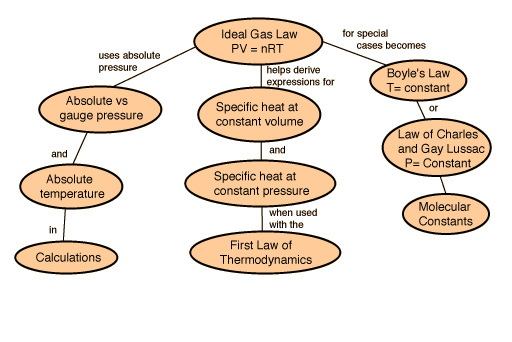




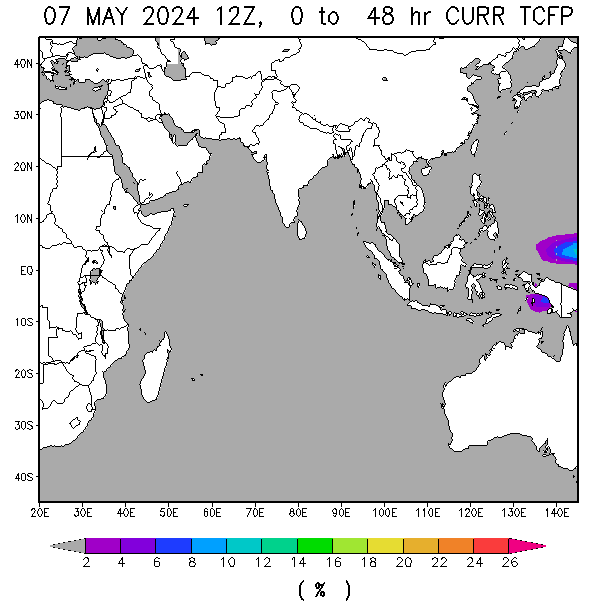
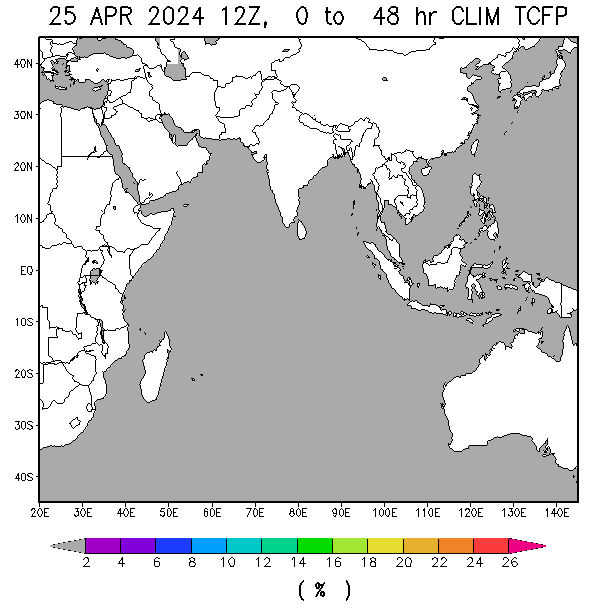
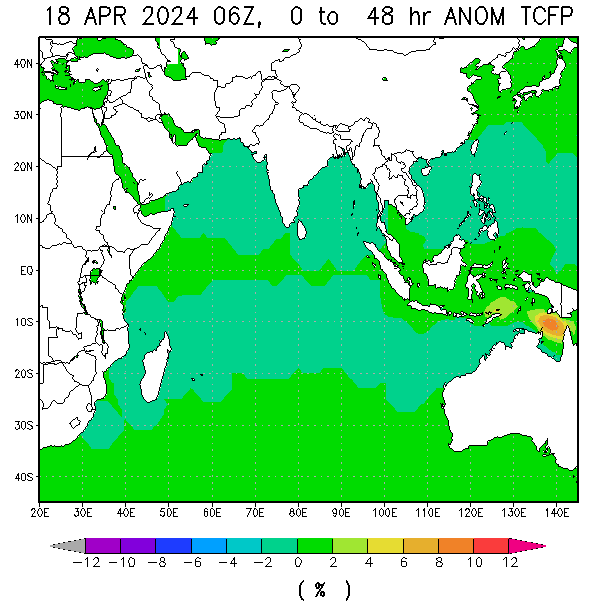


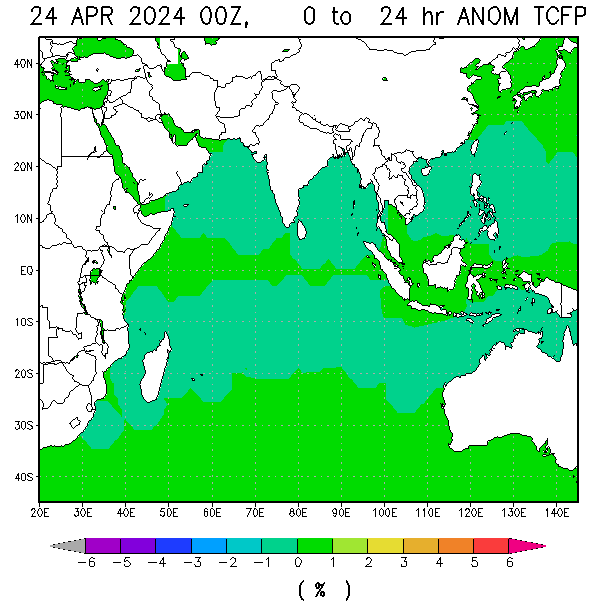
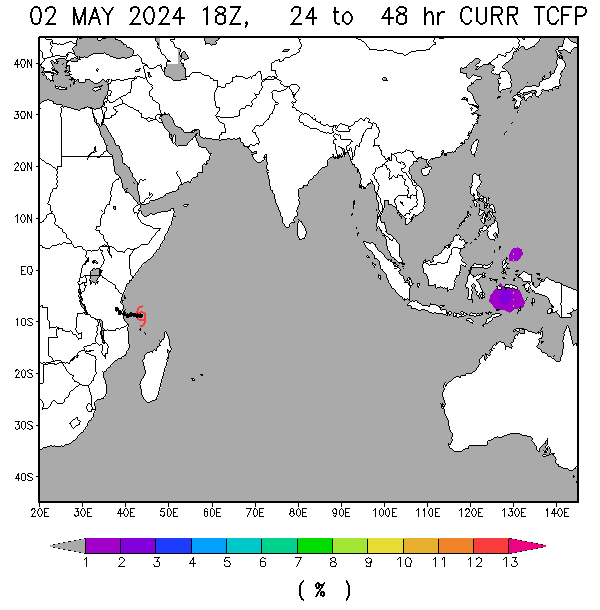
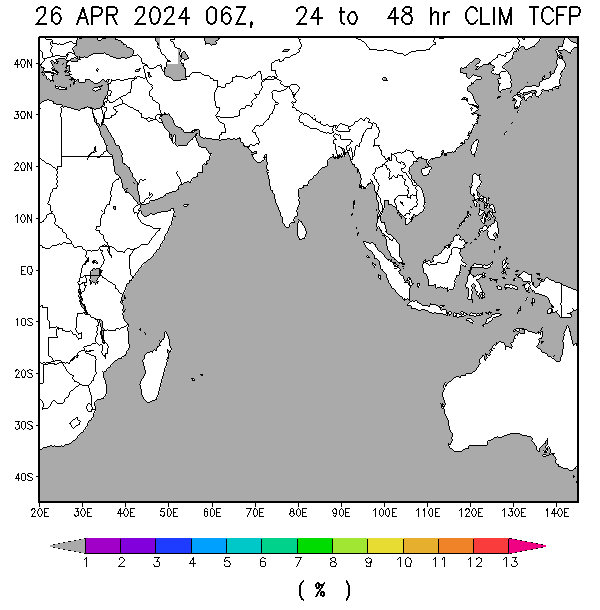
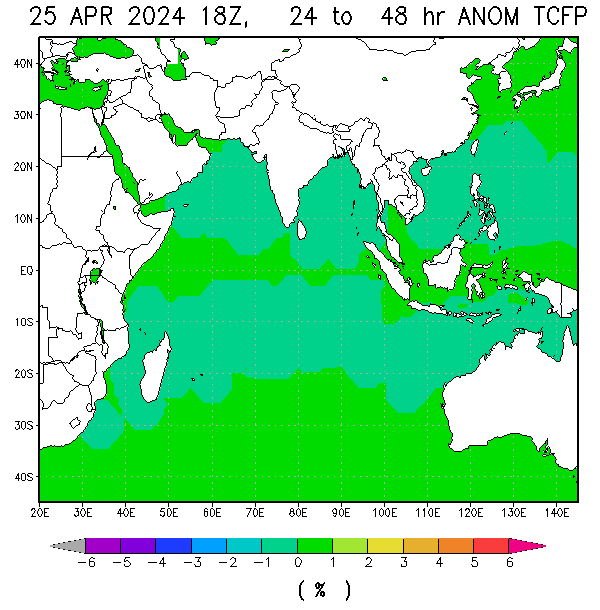





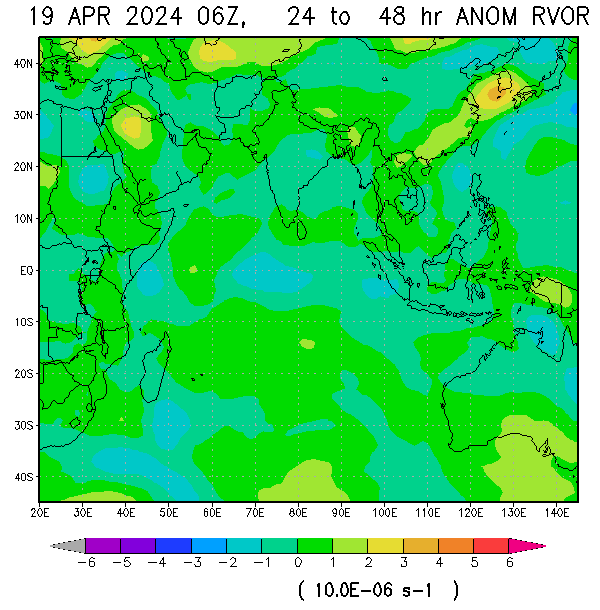



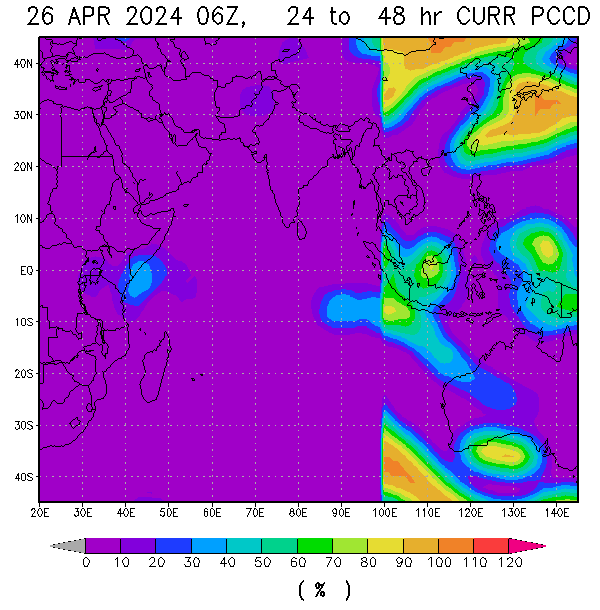







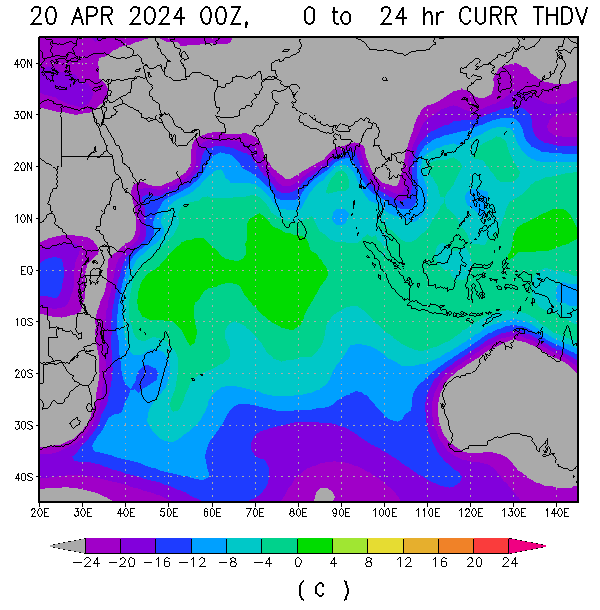
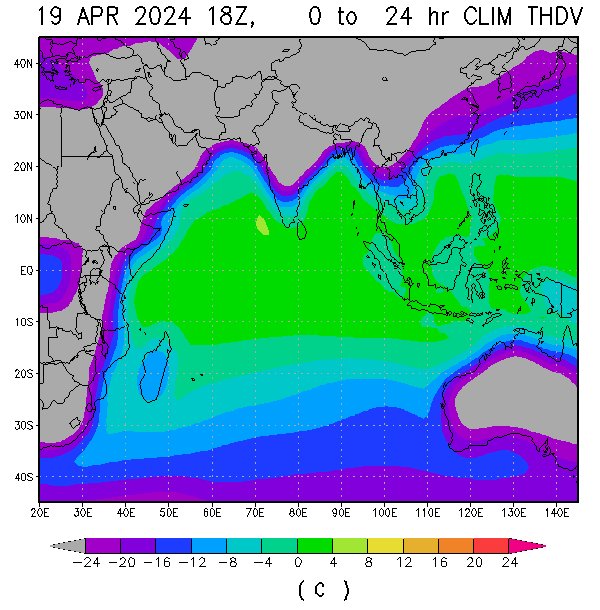

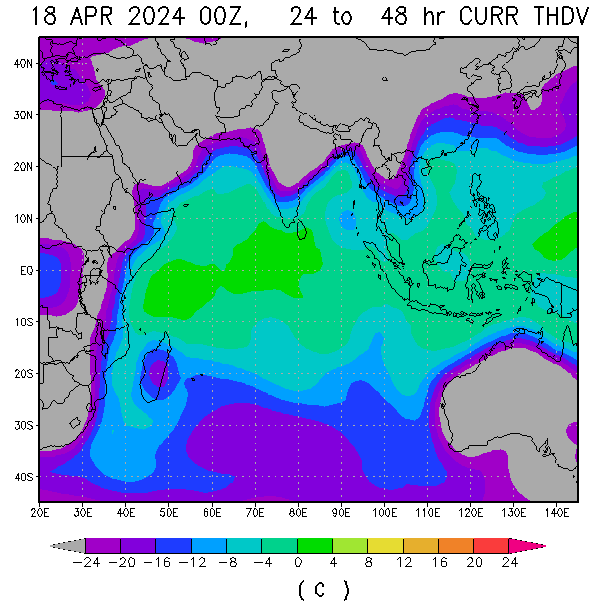
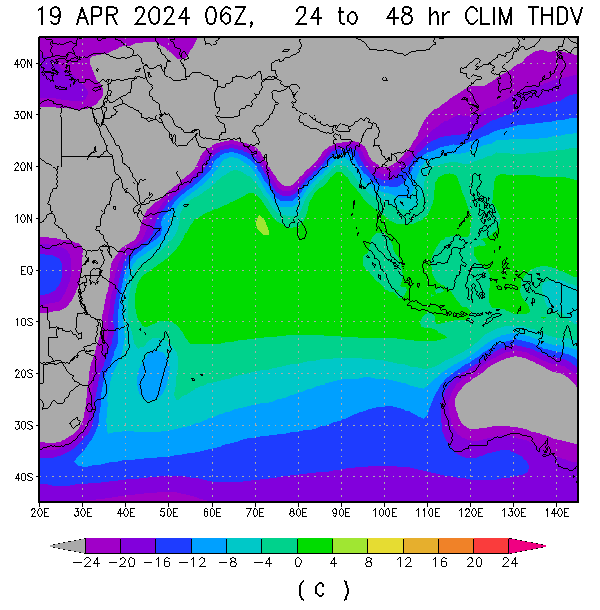





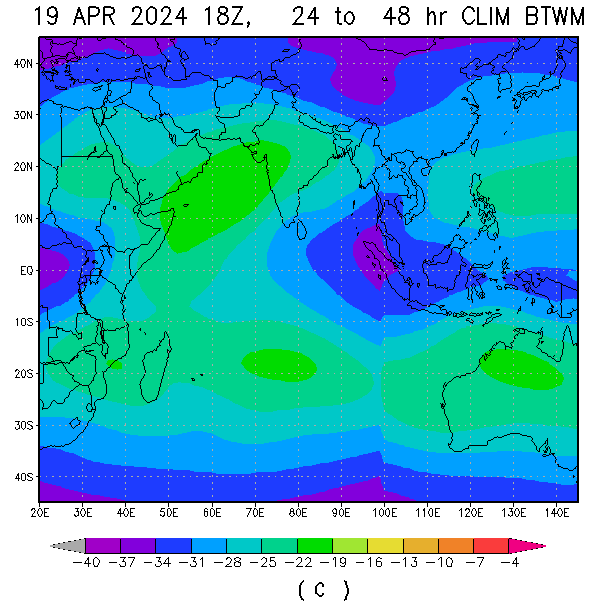








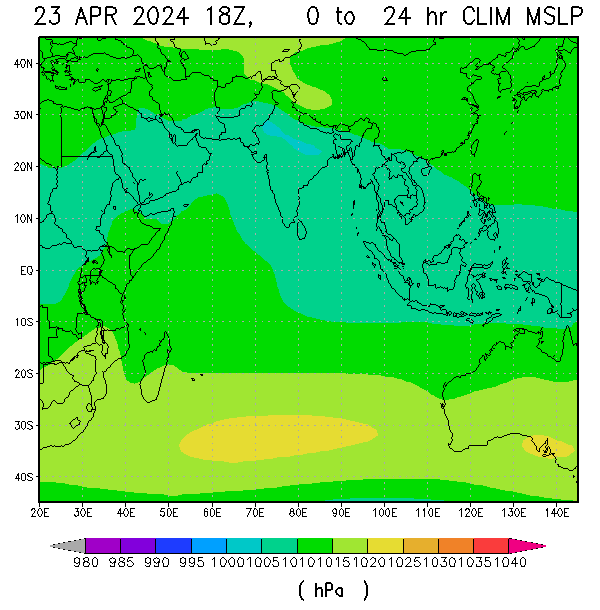


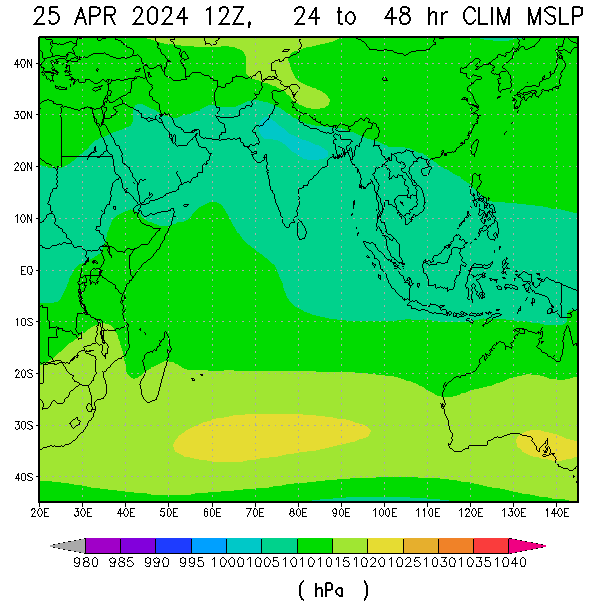



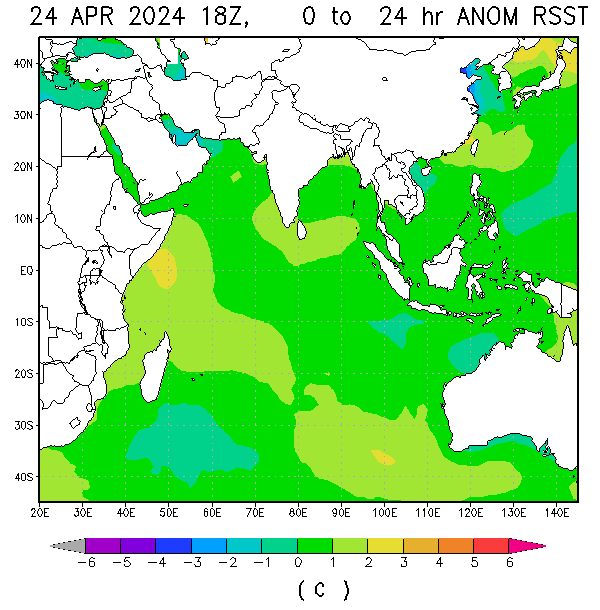
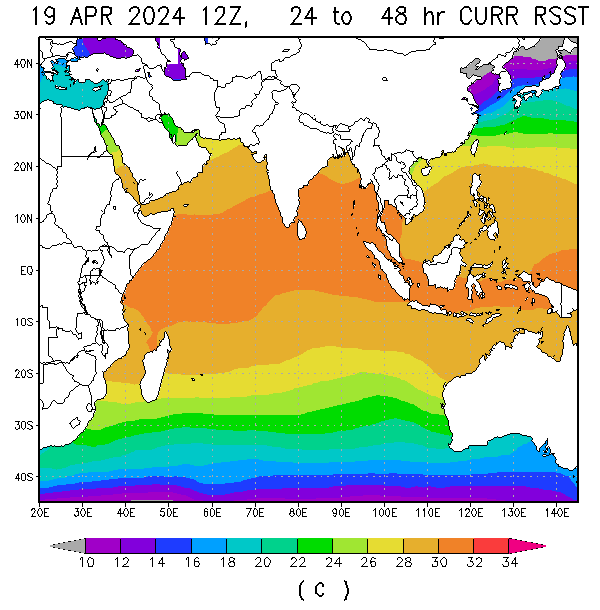



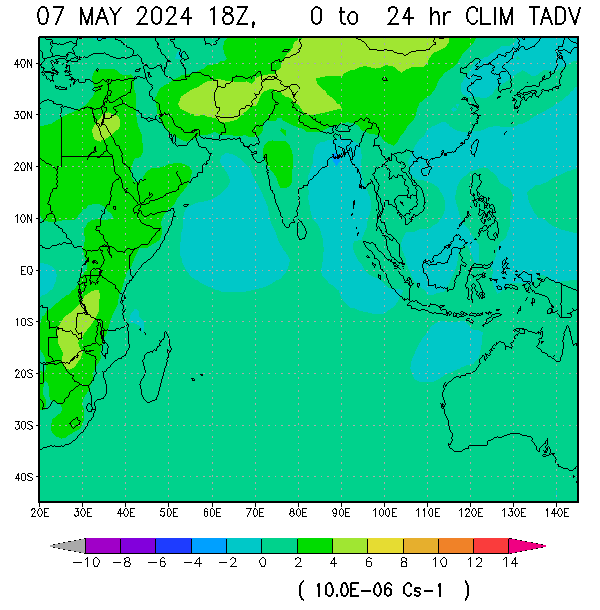




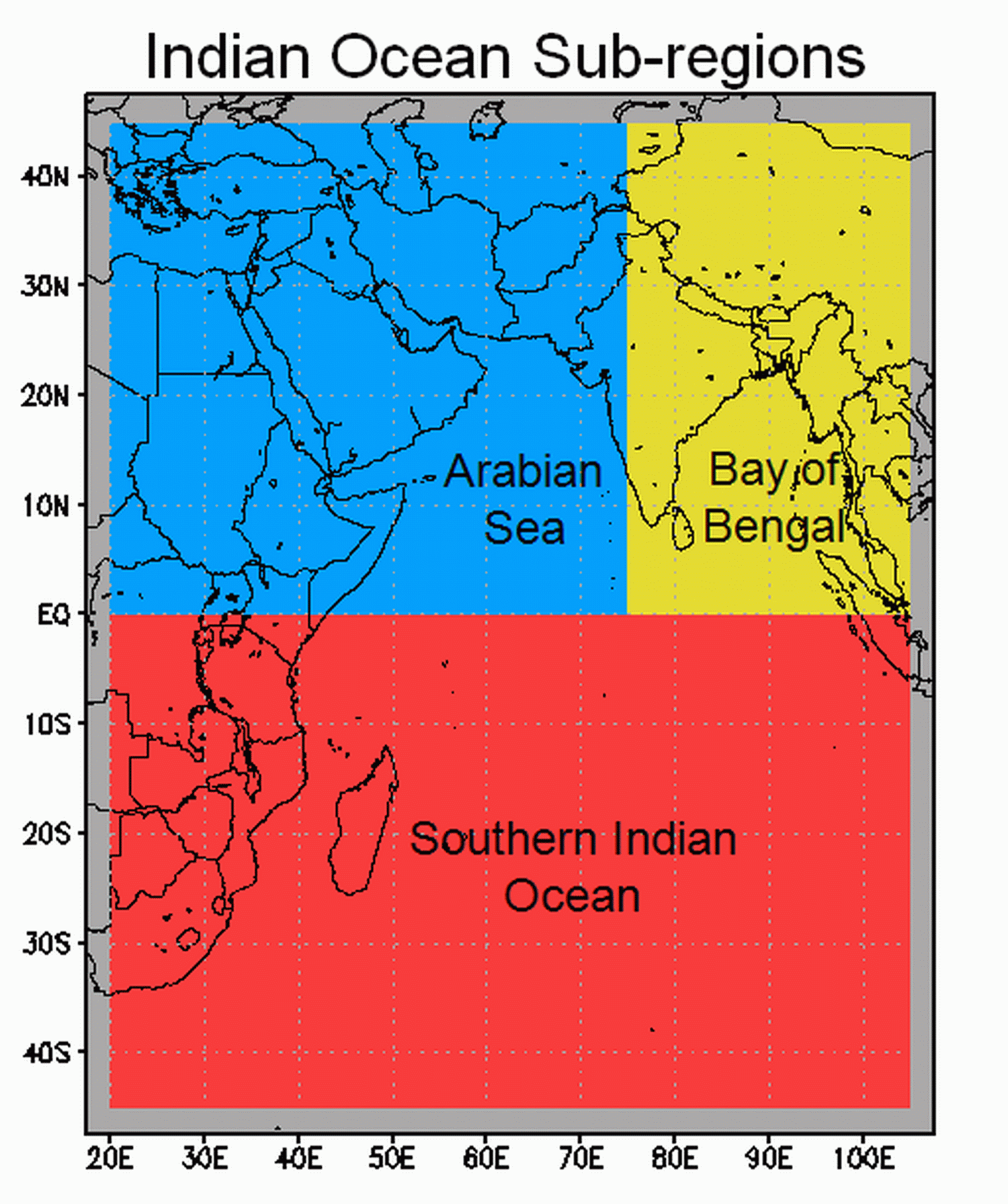
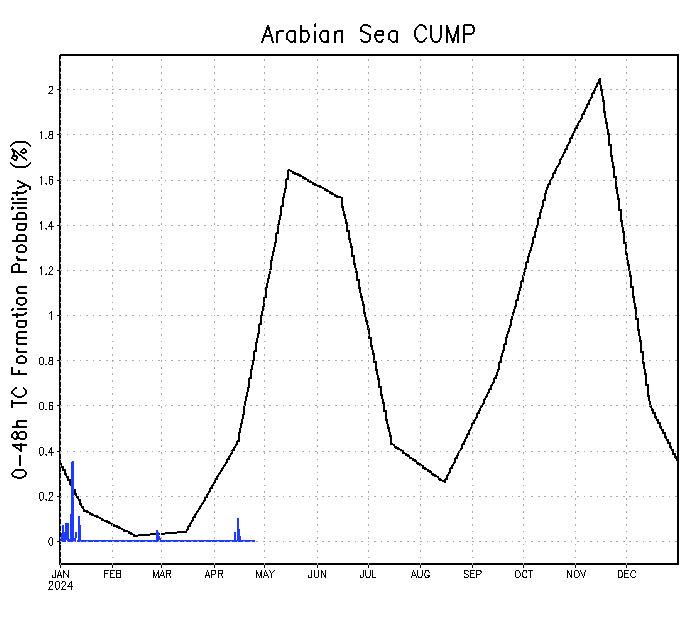
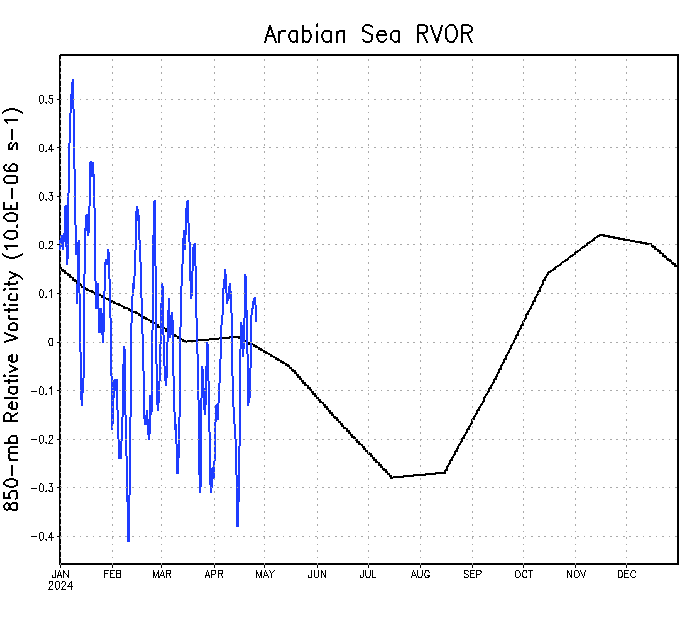
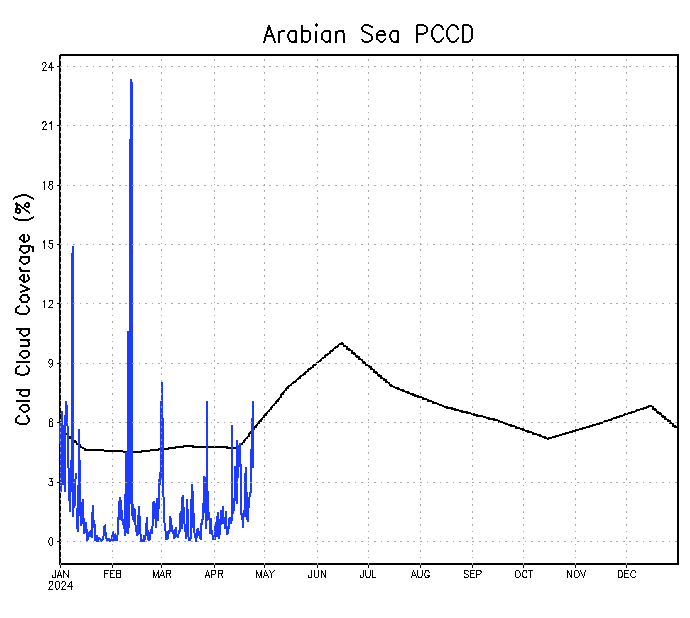


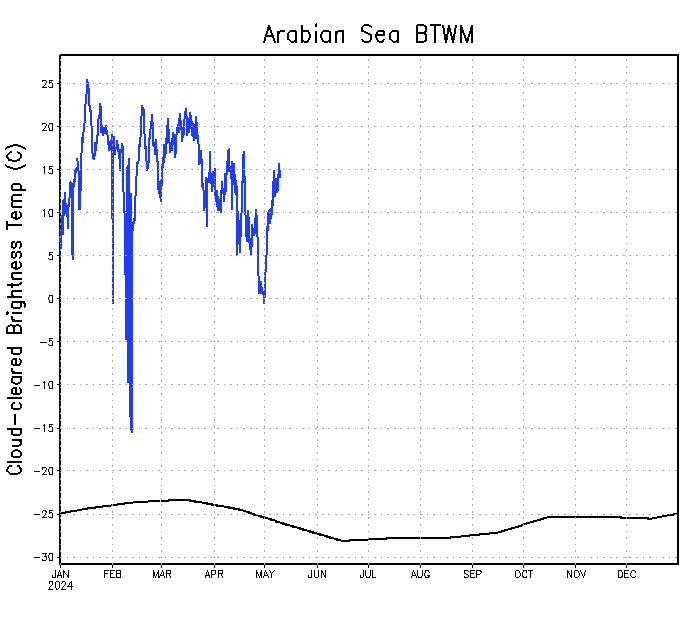
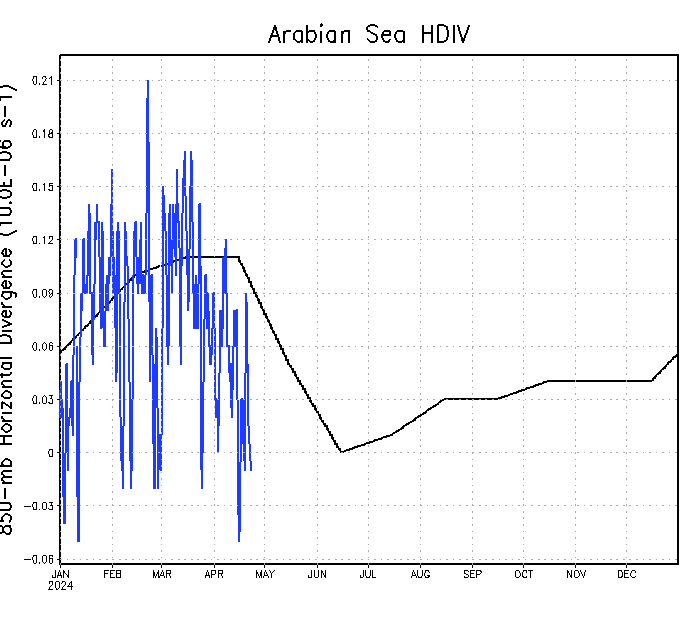

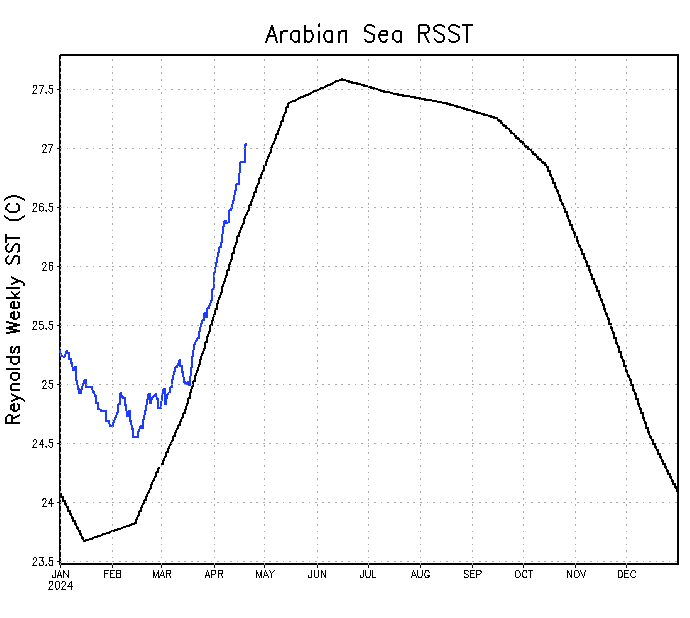
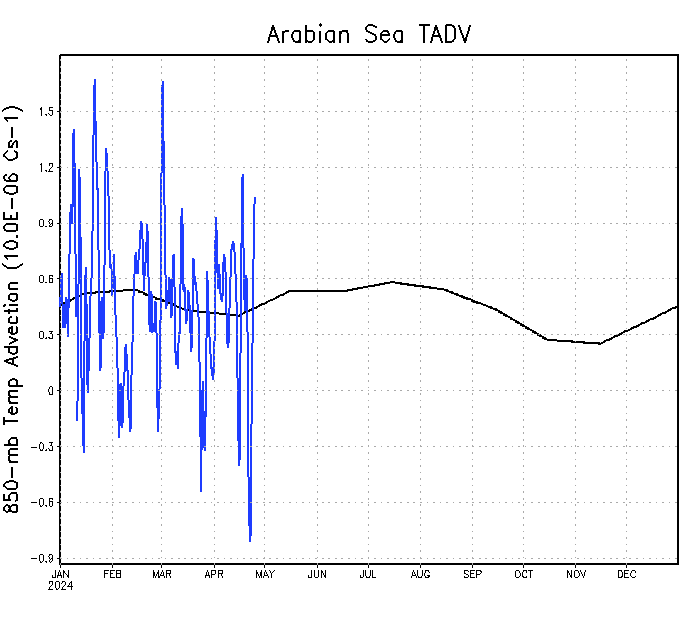
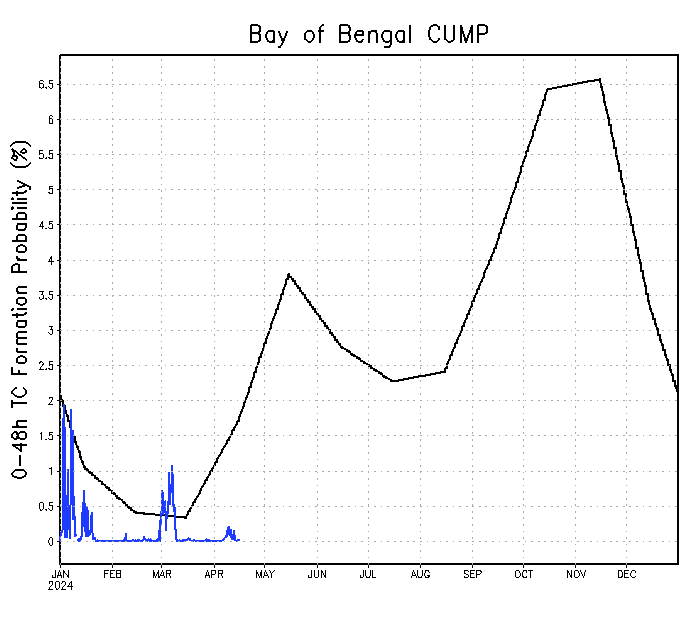
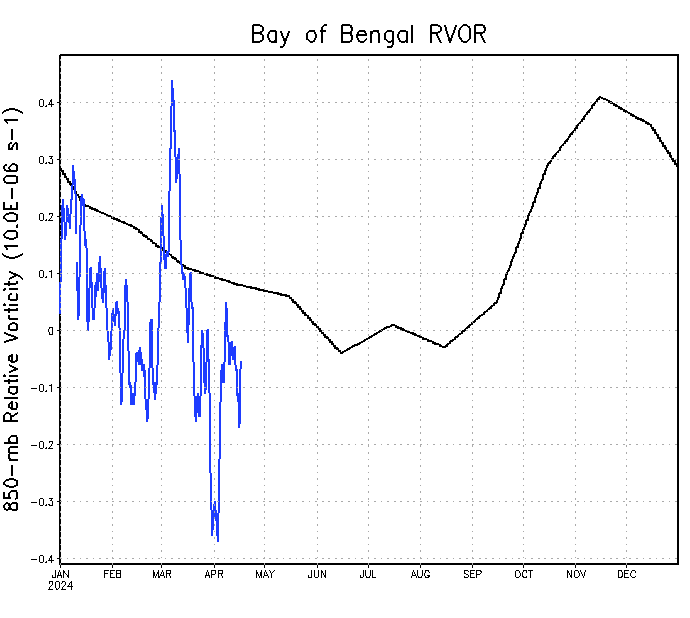
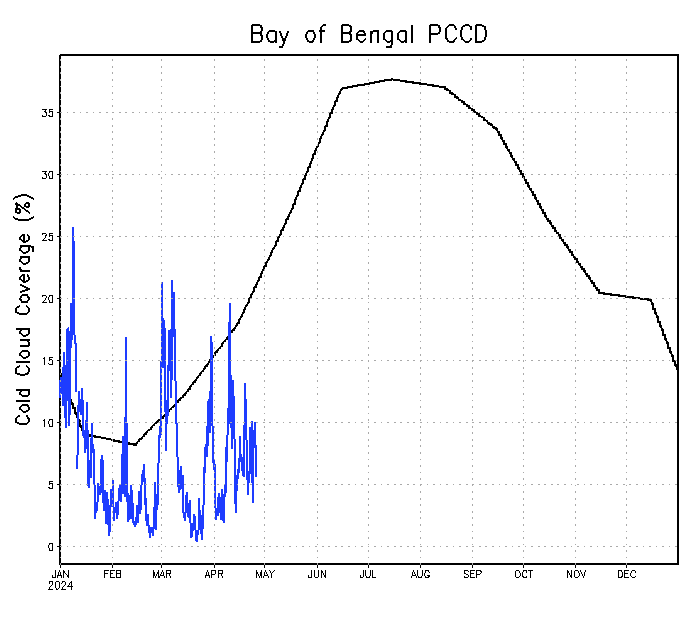


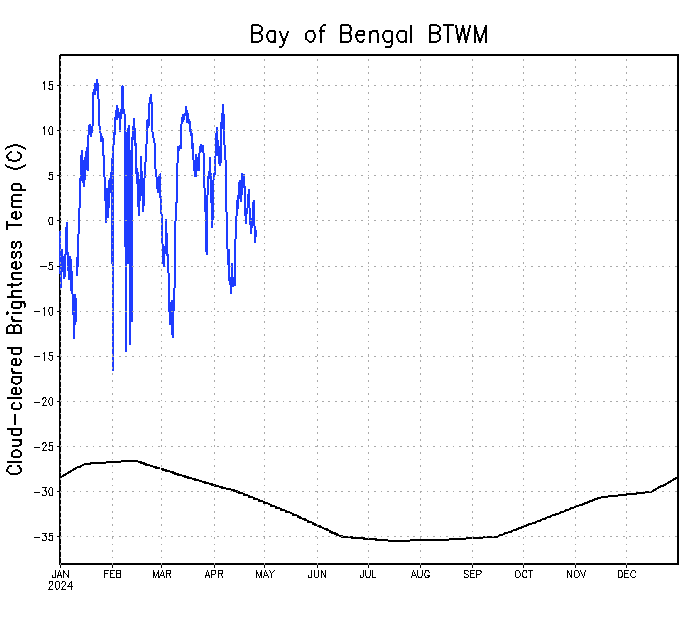
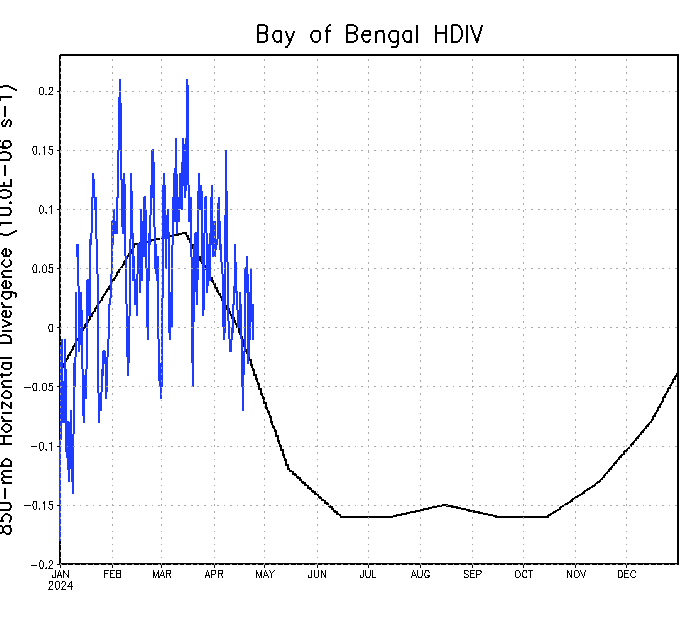
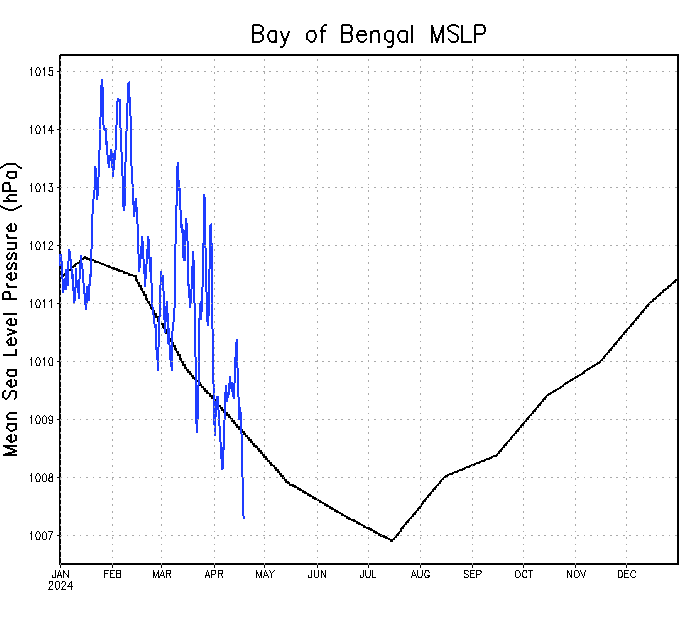
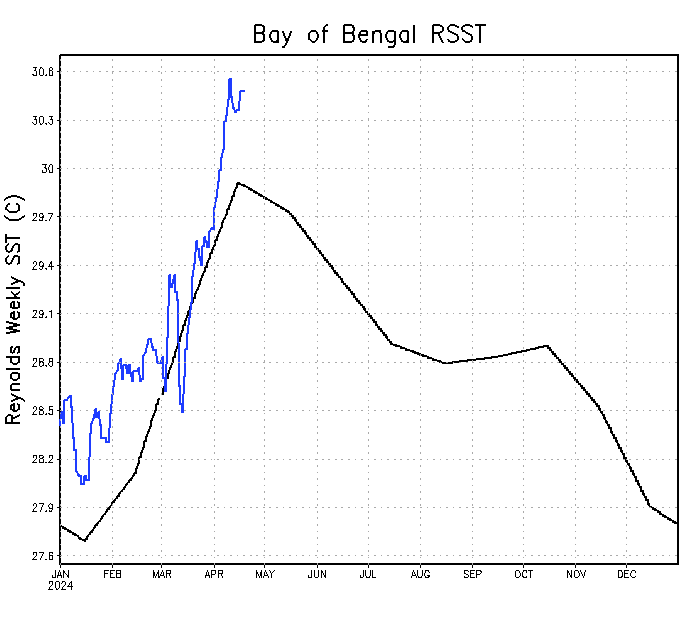
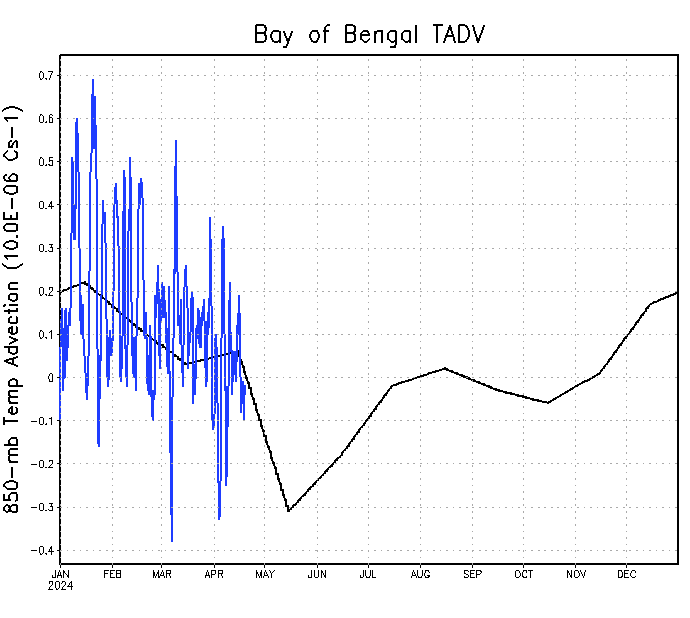


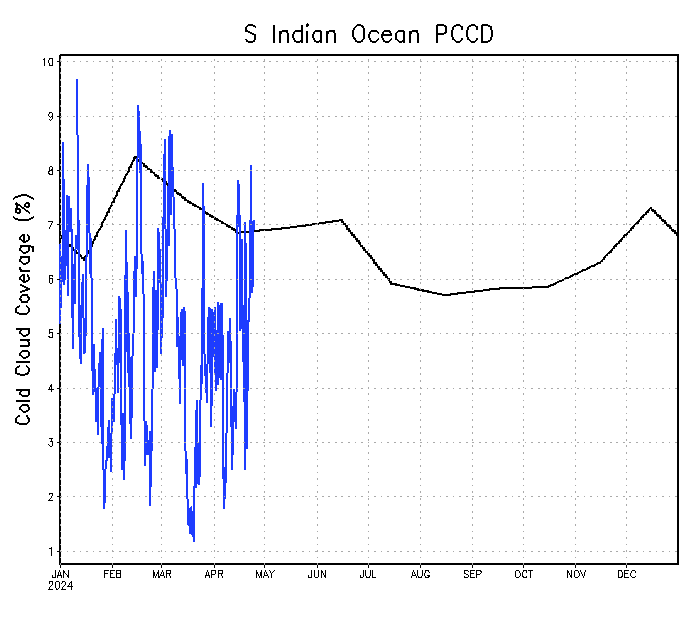
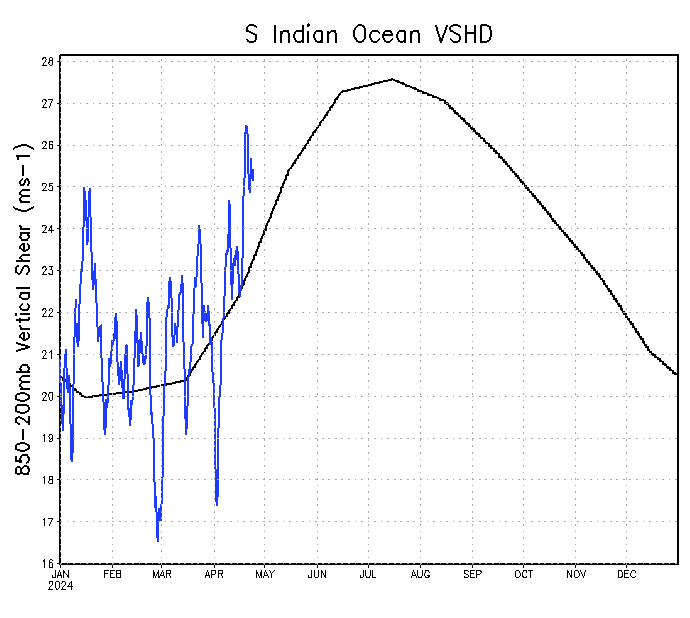

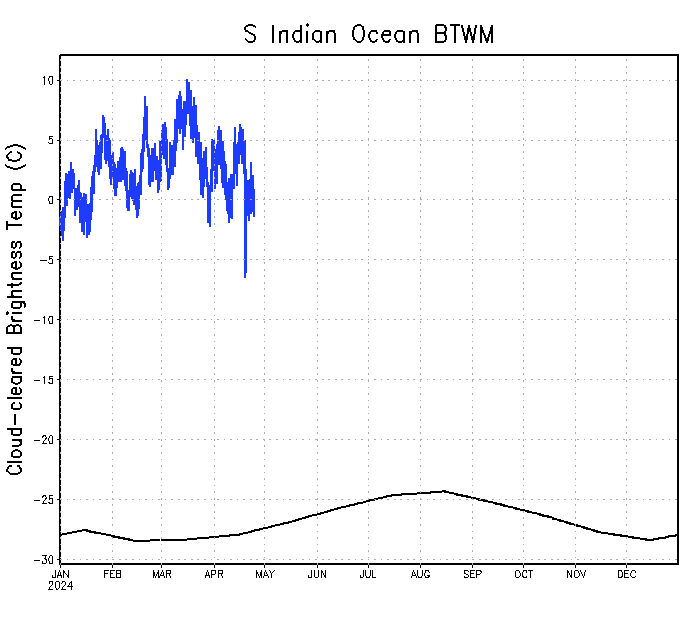
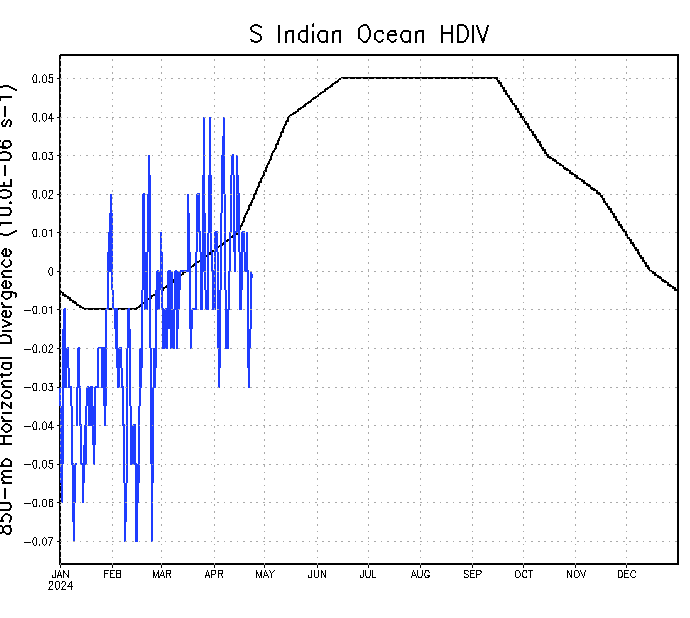
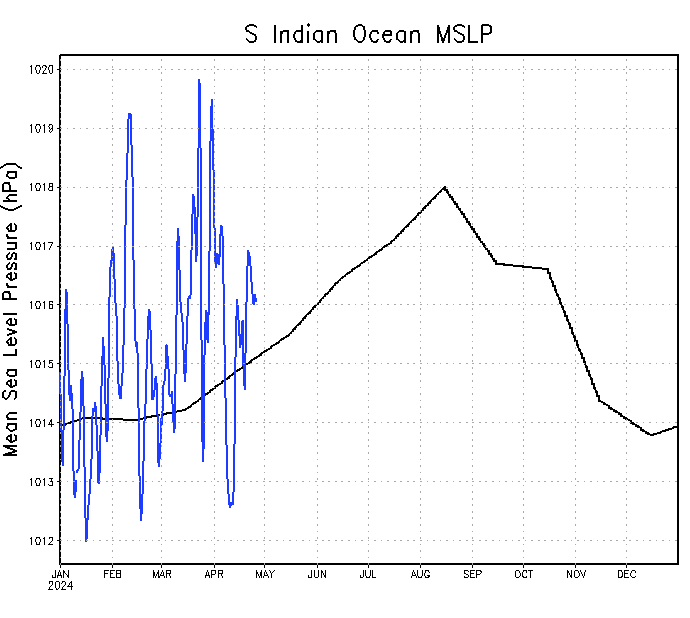

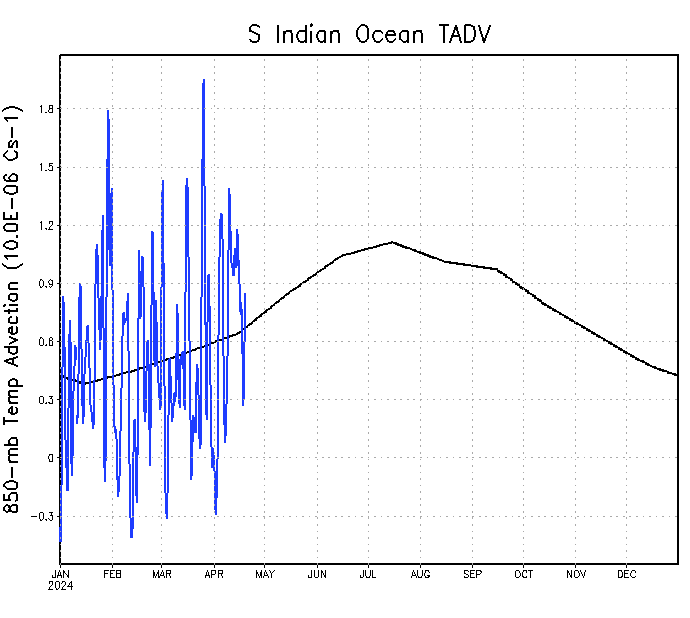
 The 10 things you need to know from the new IPCC climate report
The 10 things you need to know from the new IPCC climate report







































































